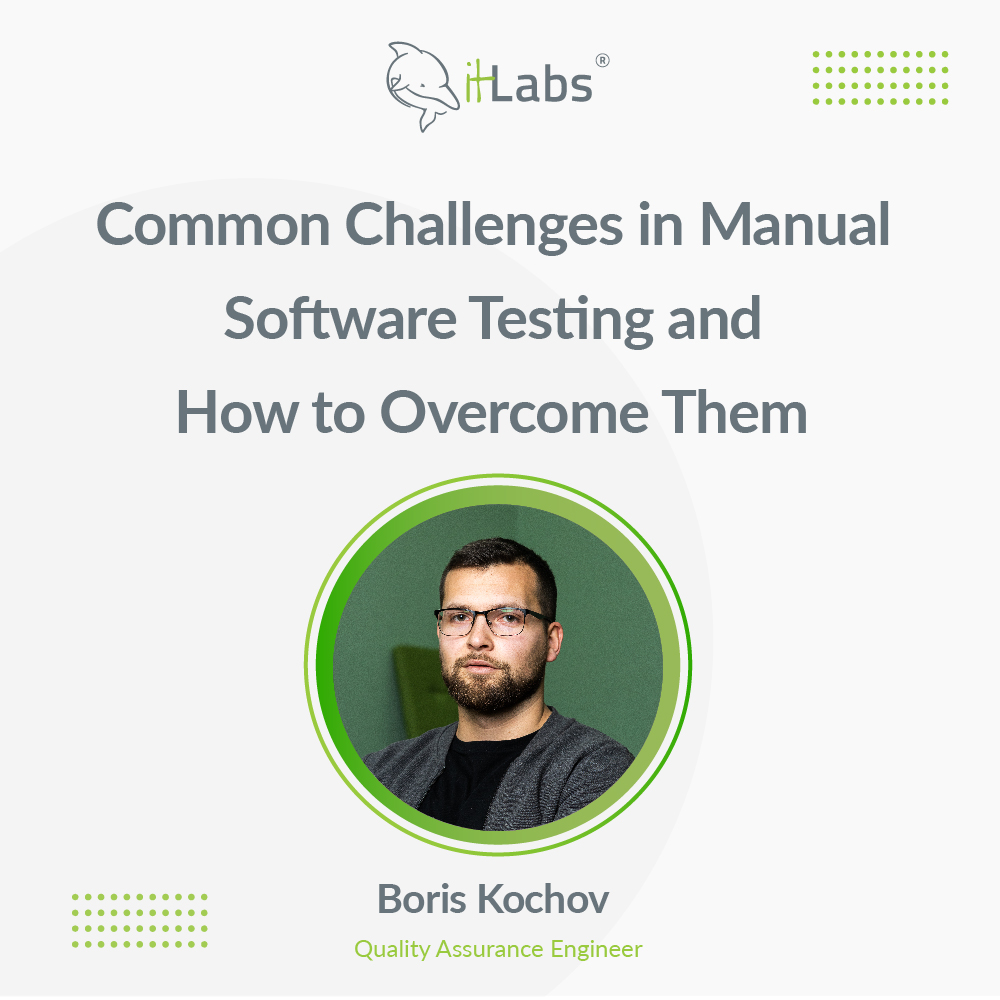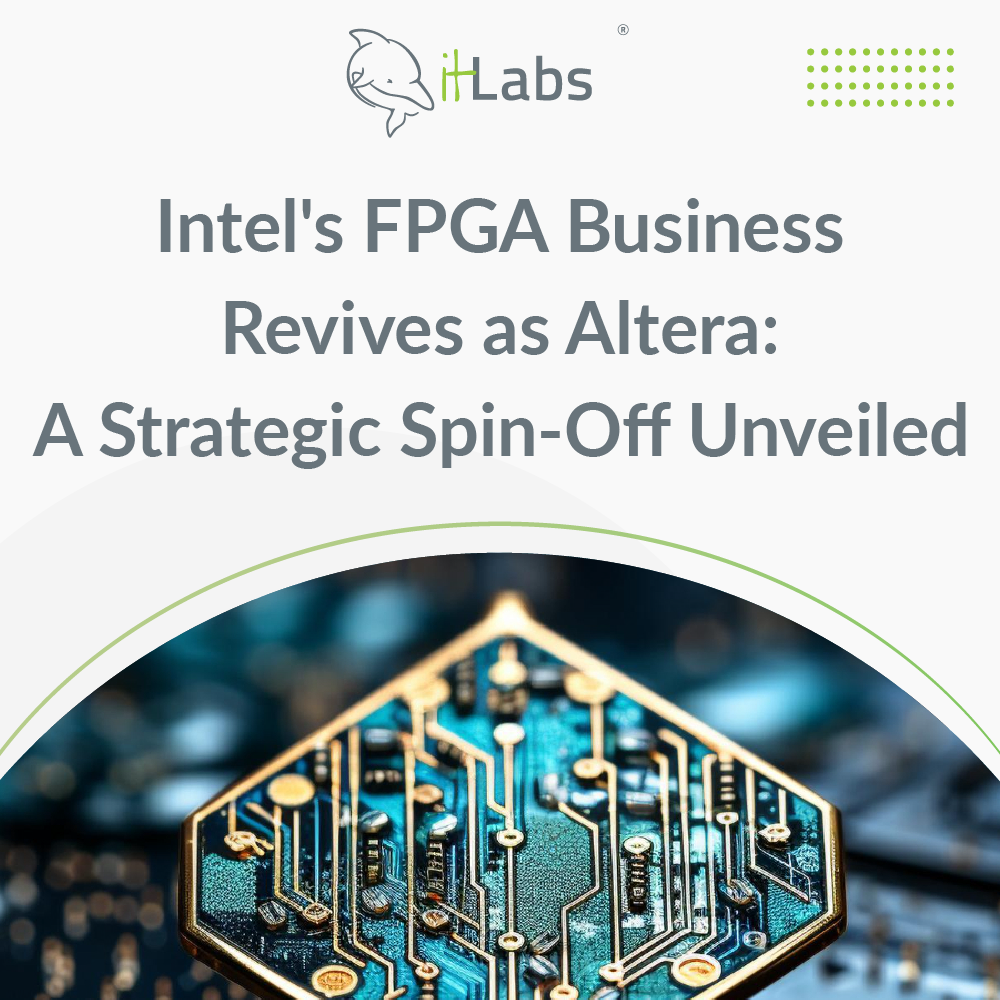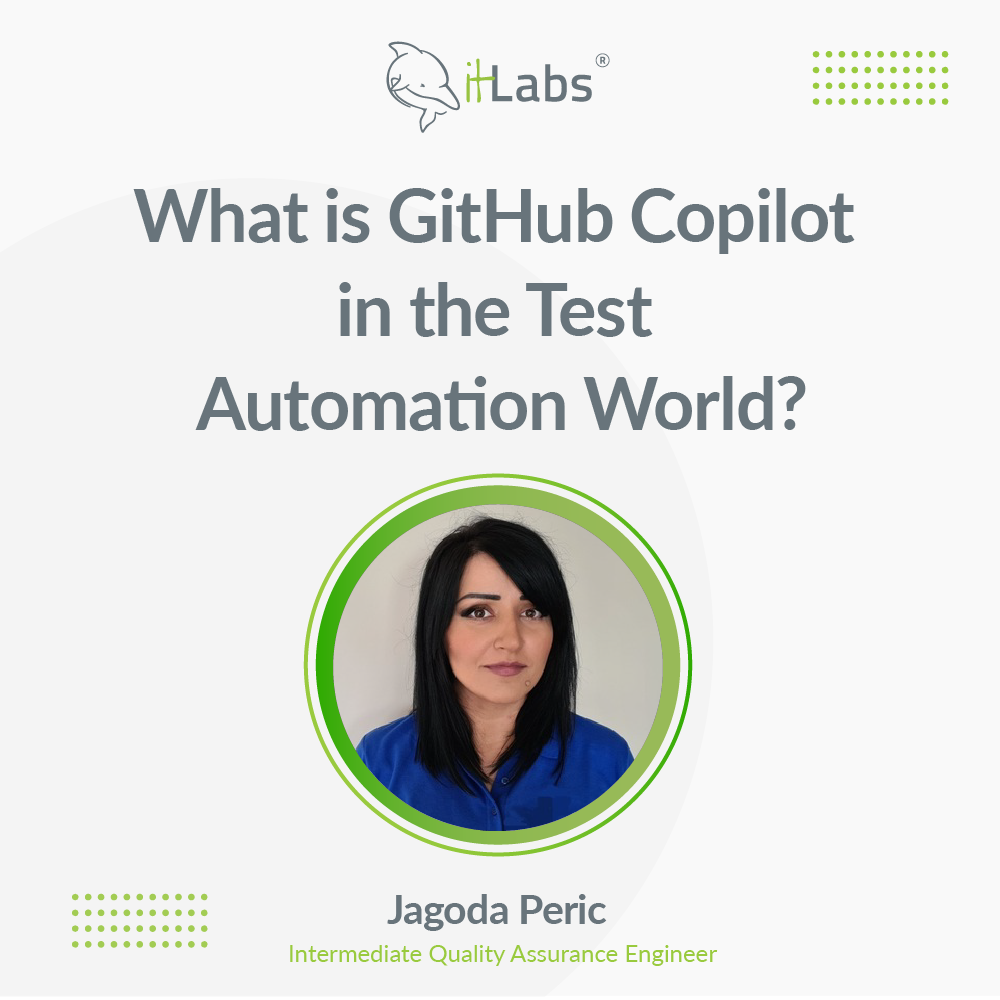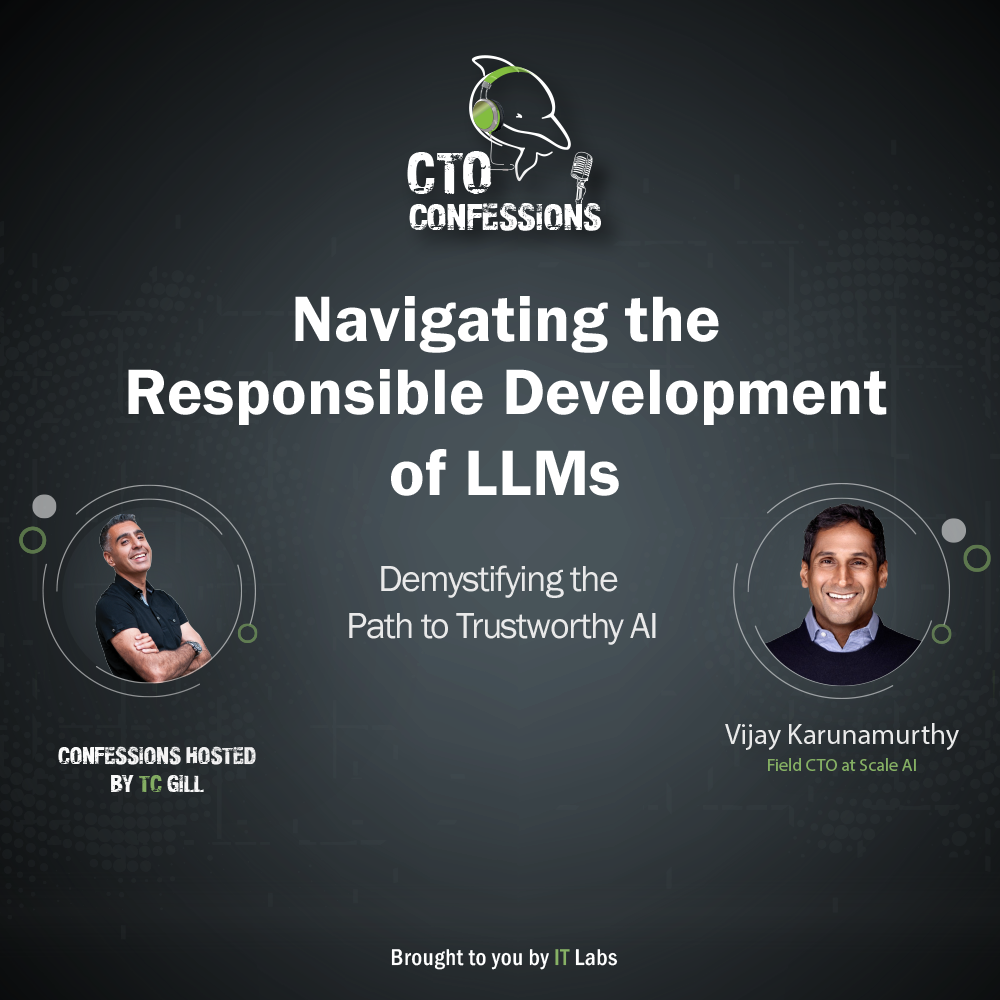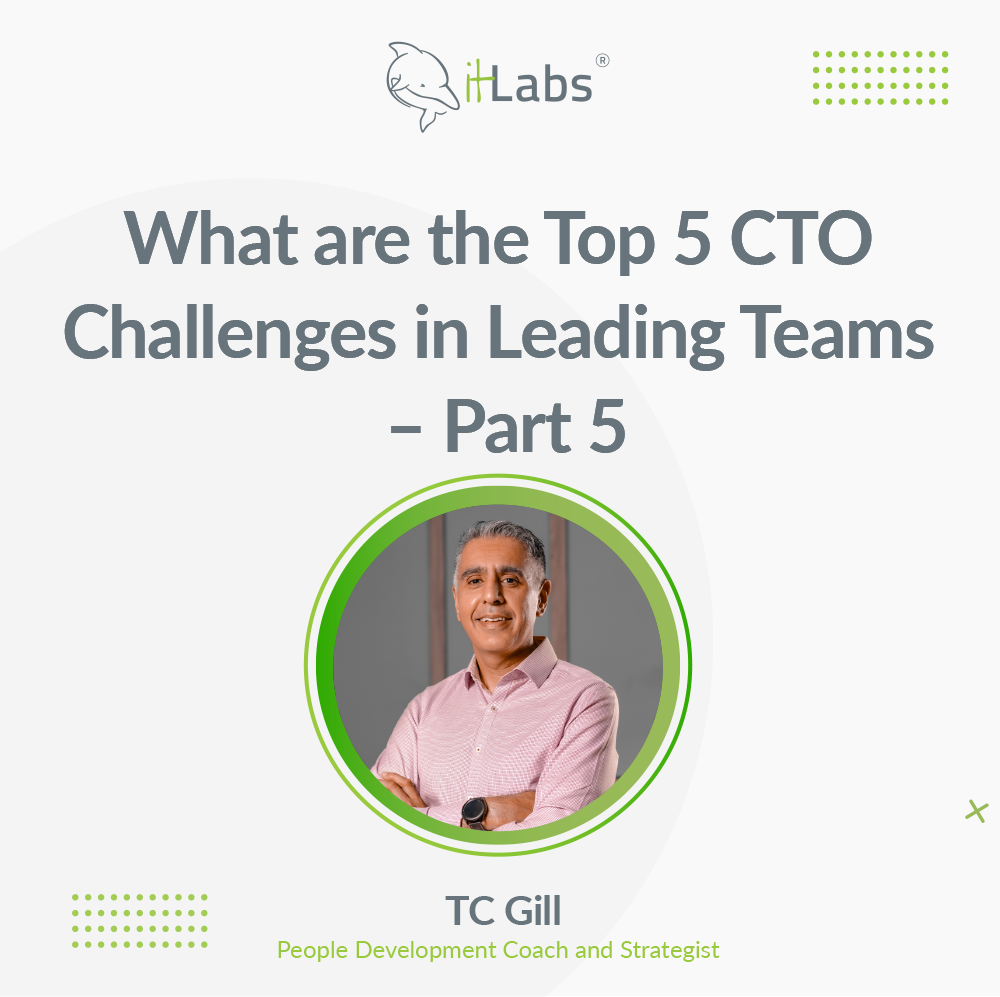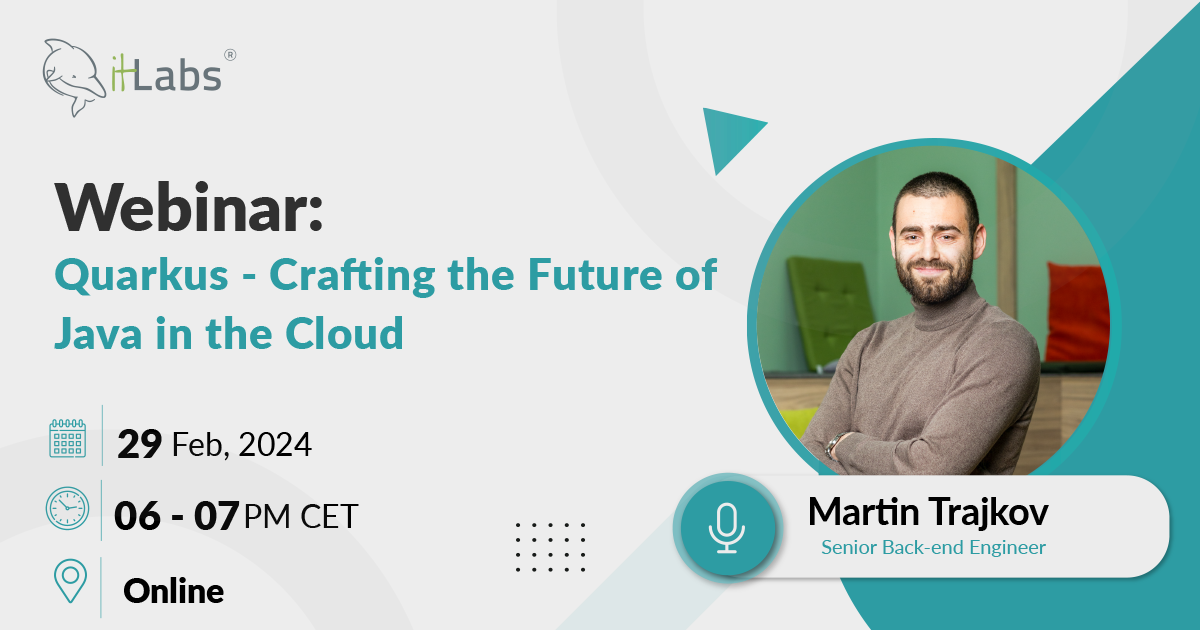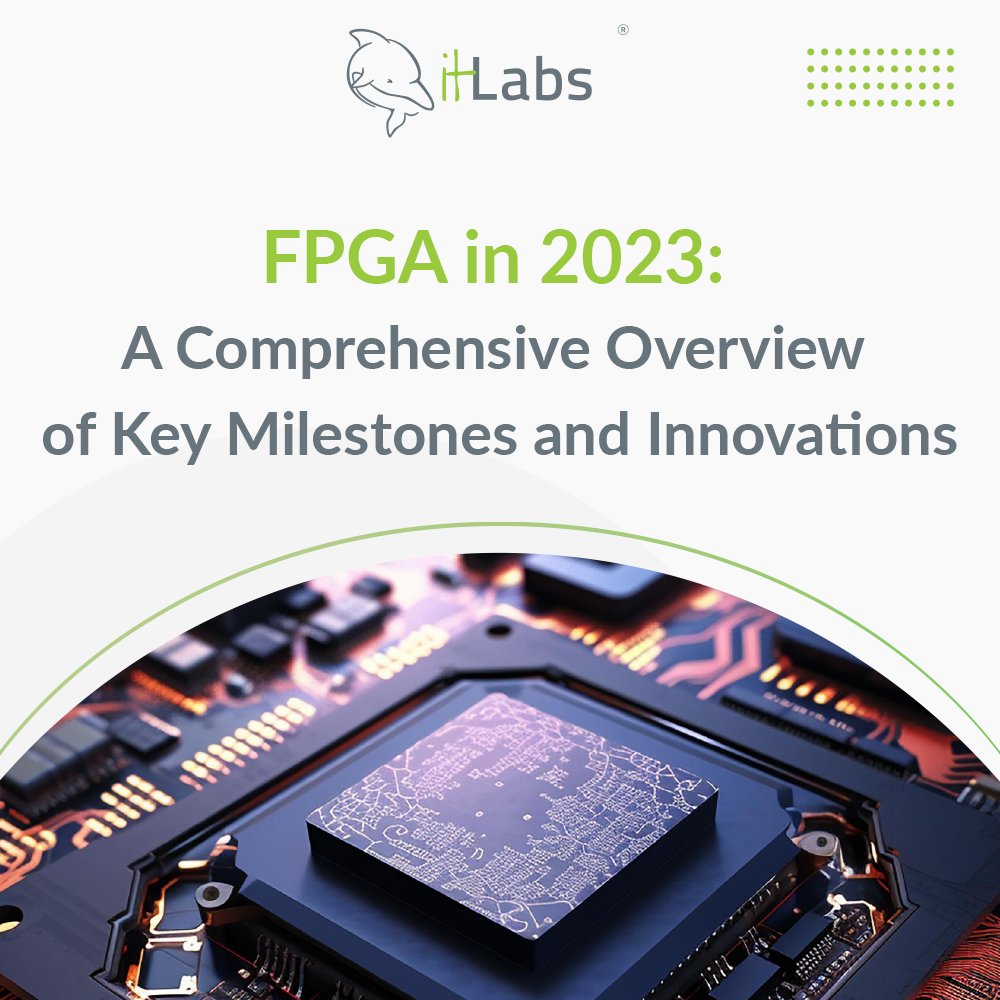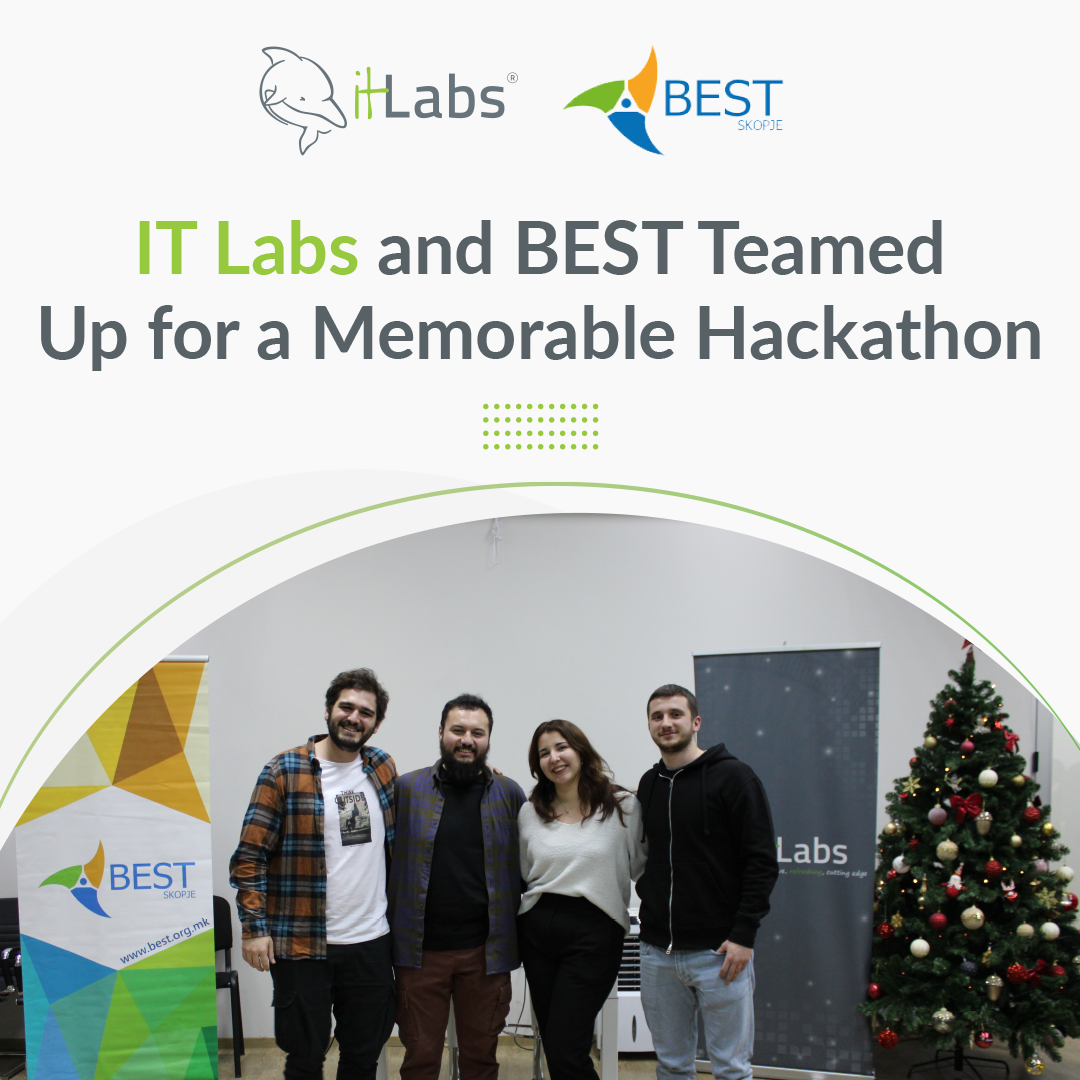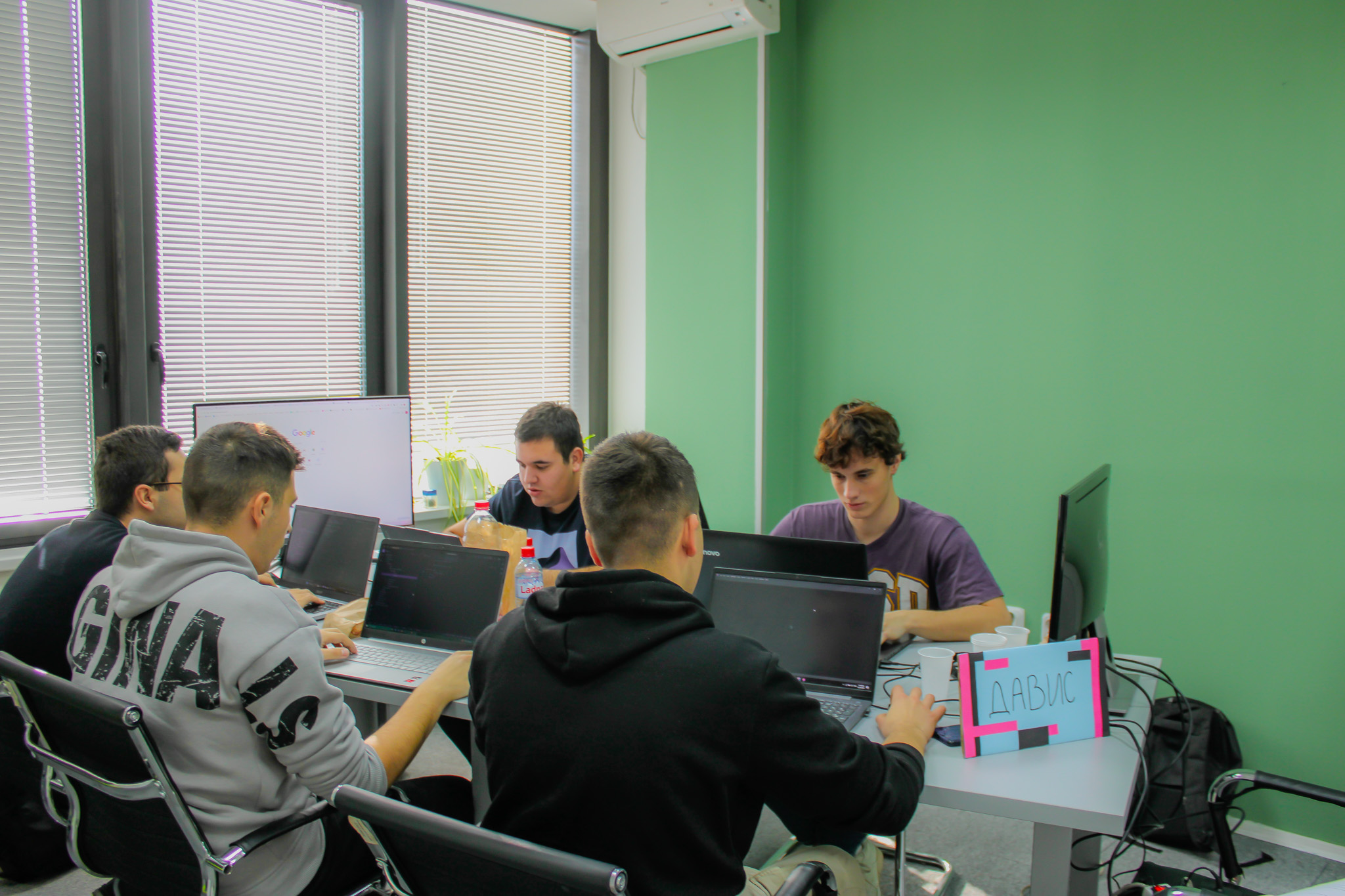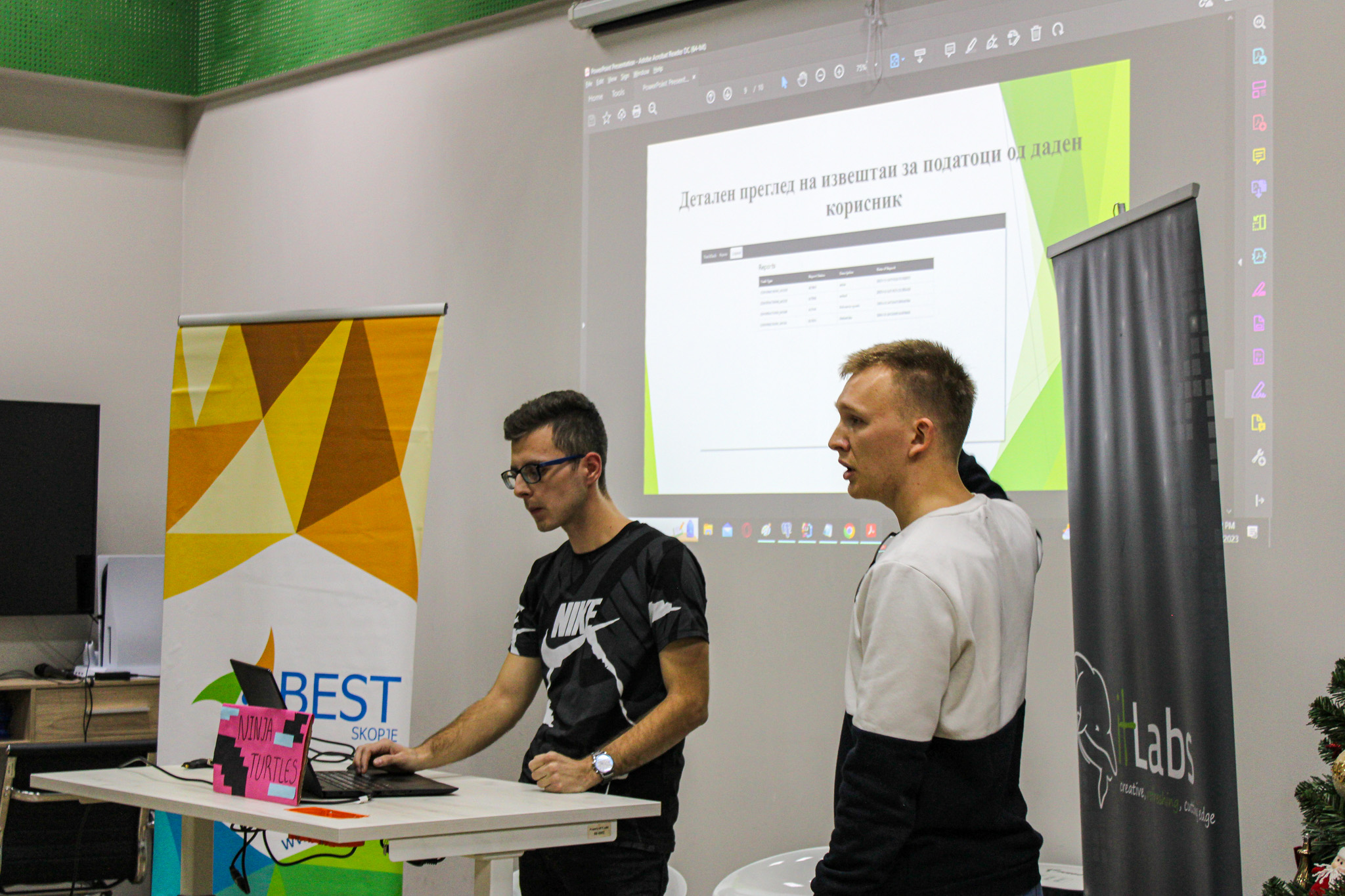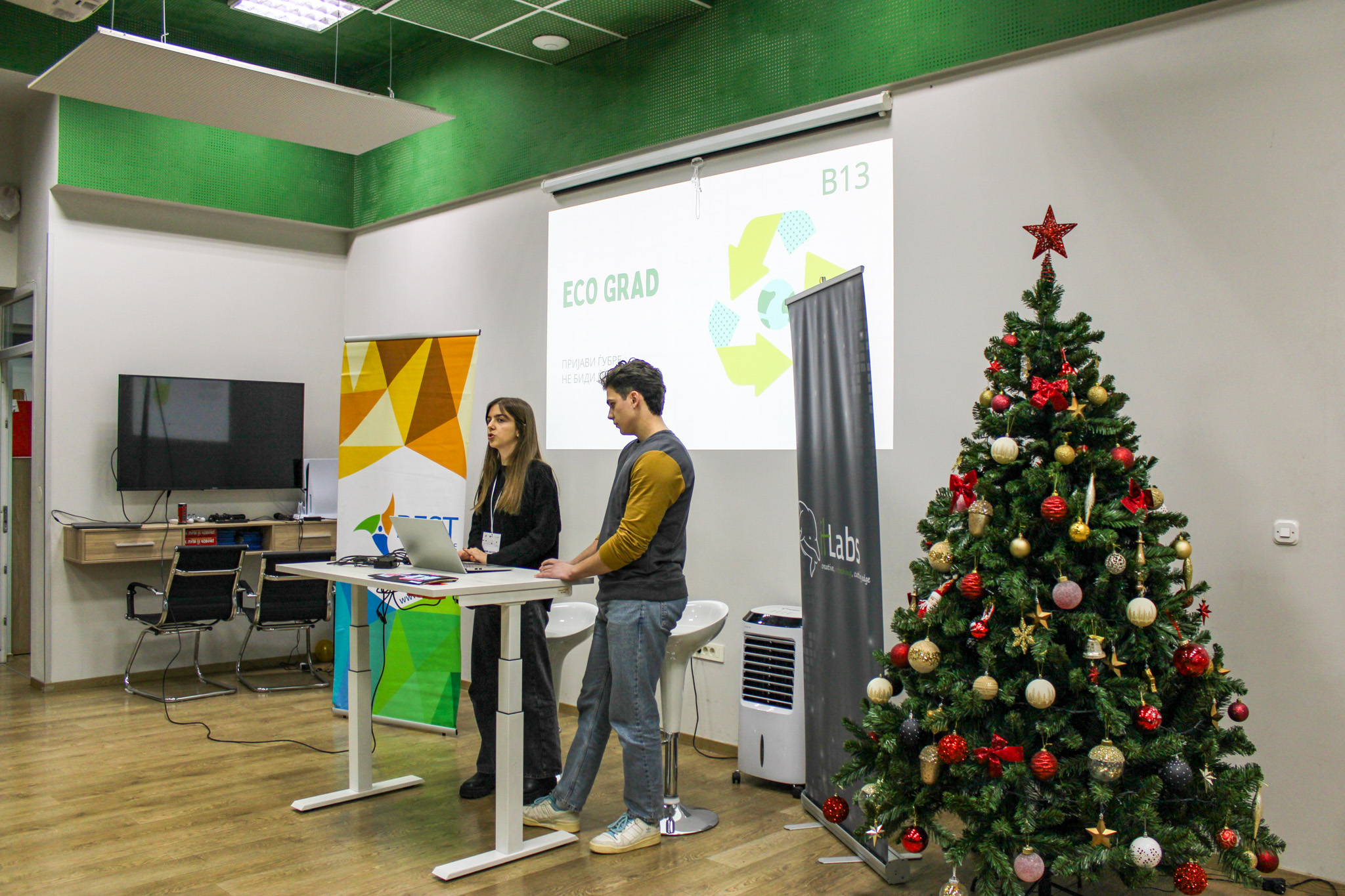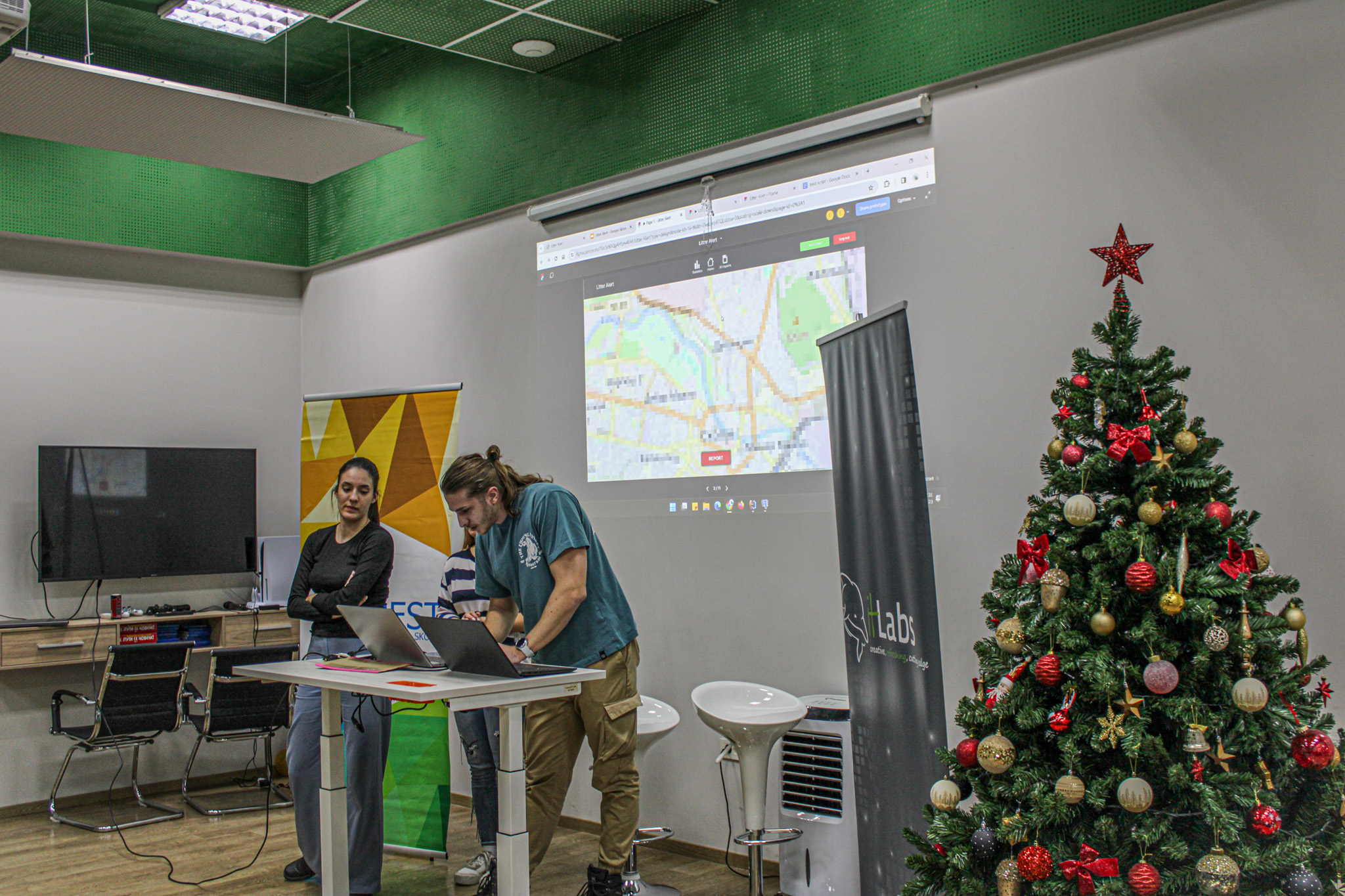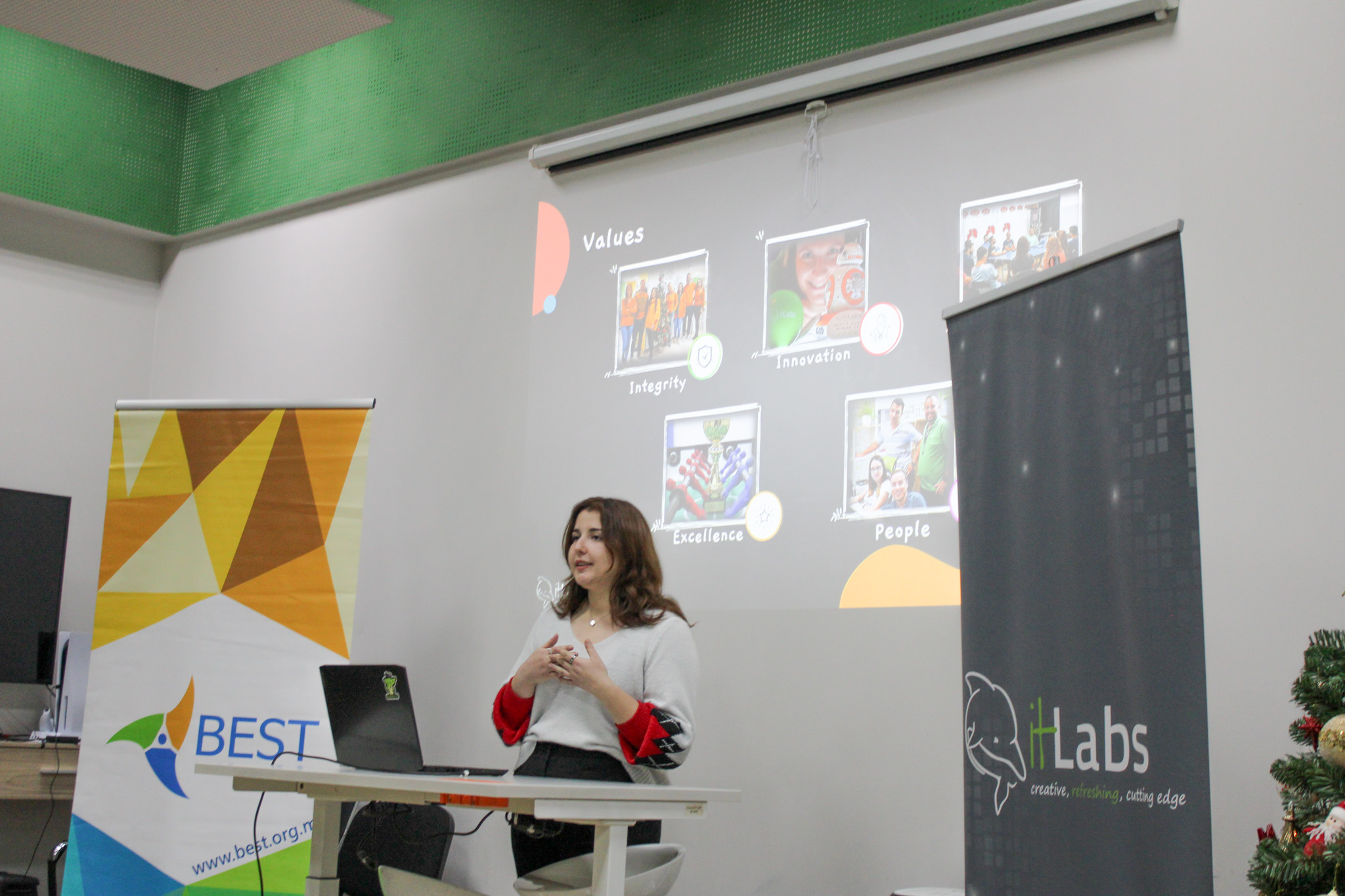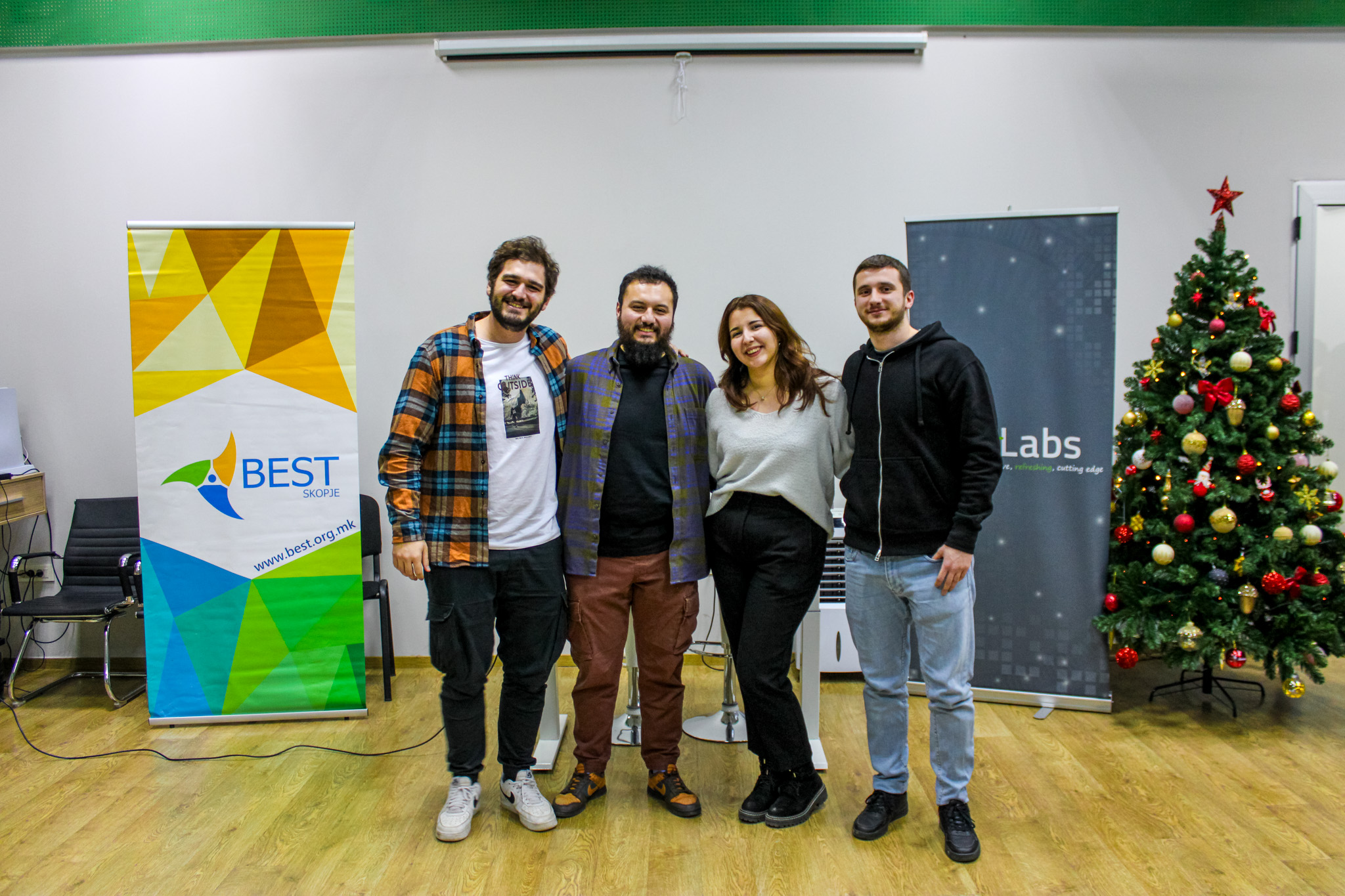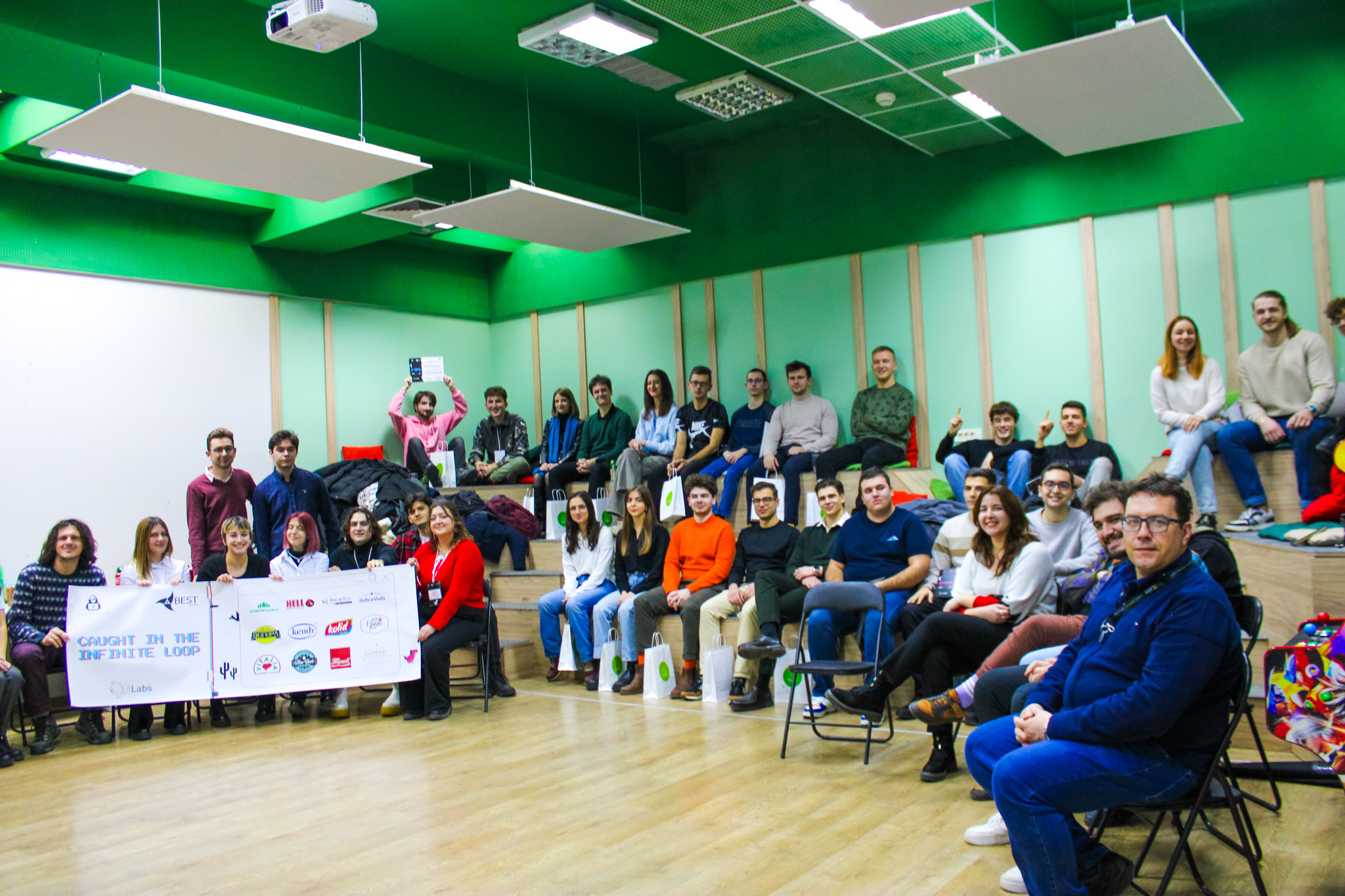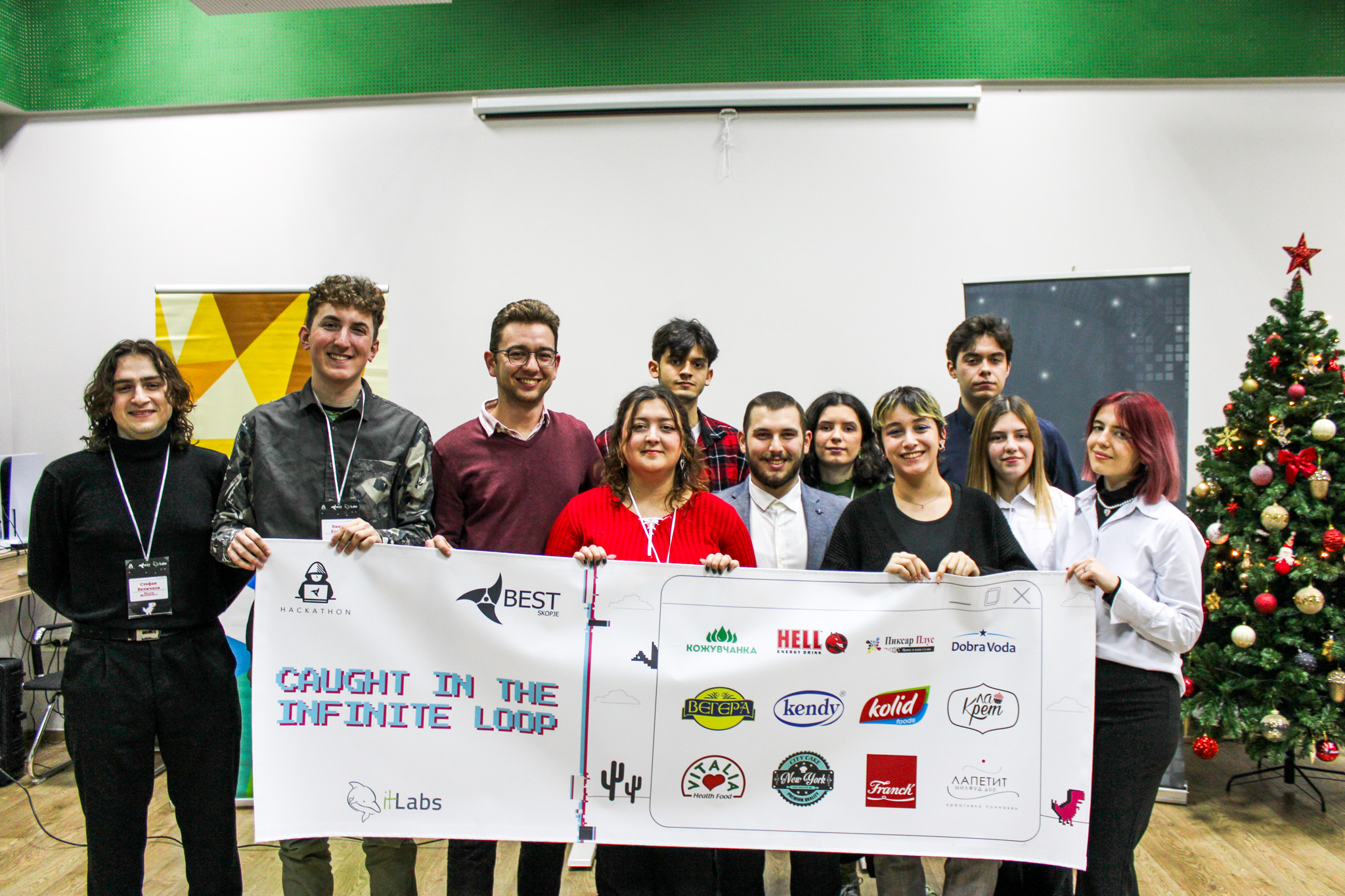Common Challenges in Manual Software Testing and How to Overcome Them
Common Challenges in Manual Software Testing and How to Overcome Them
Manual software testing remains a cornerstone of the quality assurance process, offering human insight and adaptability cruical to ensuring reliable software products. This testing involves hands-on examination of software to ensure it meets user requirements without relying on automation tools. Testers independently develop and conduct test scenarios, constantly validating the software’s functionality against predefined criteria.

While manual testing has been a standard practice for some time, it struggles to keep up with the demands of Agile and Continuous Delivery methodologies. With frequent changes and updates, manually testing every aspect of the software becomes increasingly challenging. In this article, we’ll explore some of the most common challenges encountered by manual testers as well as the most effective strategies to overcome them.
Challenge: Time Limitations
Manual testing often means “juggling” project deadlines alongside comprehensive testing, which is a significant challenge. Testers frequently encounter time pressures that may result in insufficient test coverage or rushed testing, potentially compromising the product’s quality. Finding the right balance between “delivery on time” and “in-depth” testing requires effective time management and prioritization strategies.

Solution:
Prioritize Testing Scenarios
Firstly, prioritizing testing scenarios is crucial in manual testing, especially when time is tight. By identifying and focusing on critical test scenarios vital to the application’s functionality and the potential risks, testers ensure that essential areas get the coverage they need within a limited time. This smart approach allows for more efficient use of resources and provides maximum testing coverage despite time constraints.
Risk-Based Testing Methodologies
Using risk-based testing methodologies is another smart move when time is limited for manual testing. By evaluating tests based on their potential impact on the application and business goals, testers can manage time constraints effectively while still covering high-risk areas. This approach helps testers concentrate on areas with the most significant risk and optimize testing efforts to address potential issues within the available time.
Planning and Scheduling
Sometimes creating on-point test plans and schedules can be essential for navigating time limitations in manual testing. By outlining testing objectives, scope and timelines, testers establish a roadmap for their testing activities, ensuring that efforts are coordinated and efficient. Setting specific milestones and regularly reviewing the test plan allows for ongoing progress monitoring and adjustments to optimize testing within the given time frame.
Optimization
Optimizing test execution is vital to maximizing testing coverage and efficiency within time constraints in manual testing. Strategies such as the following can help streamline the execution process and maximize the available time:
- grouping related tests
- minimizing setup and teardown time
- using parallel testing
These tactics speed-up testing, reduce unnecessary steps, and ensure testing efforts are focused on achieving desired outcomes within the time limits.

Challenge: Test Case Management
Managing a large volume of test cases manually can be overwhelming and time-consuming. Challenges arise in organizing, updating and tracking these cases, resulting in inconsistencies and inefficiencies across the testing process. This issue becomes particularly noticeable during the Regression phase, where it can cause confusion regarding requirements that sync with the test cases and lead to execution delays.
Solution:
Adopting a simplified approach to writing test cases is crucial for maintaining agility and efficiency in dynamic projects characterized by constant changes and tight deadlines. Utilizing test outlines with a “Given-When-Then” syntax can streamline the process, providing a clear structure that allows quick adaptation to change without requiring extensive rewriting of traditional test cases. Also, using standardized test case templates boosts this method by offering ready-made frameworks for typical scenarios or functions. This helps testers easily access structured test cases and ensures broader coverage of required changes, making testing smoother in dynamic projects.
Furthermore, allocating specific time for reviewing and updating existing test cases is essential during task breakdown. When requirement alterations occur late in a sprint, testers may focus on running as many tests as possible within the available time frame.
When the requirements change at the last minute, it’s important to let everyone know that we may not be able to thoroughly test everything before the deadline. By being upfront about this challenge, the QAs ensure that everyone understands the situation at the end of the sprint. This helps developers and stakeholders know what to expect and allows them to set realistic timelines for testing. Clear communication helps everyone work together to handle these changes effectively.
Challenge: Repetitive Tasks
Manual testers often encounter the challenge of repeatedly executing the same test cases across various iterations or releases of a software product. This continuous repetition not only leads to a sense of monotony but also contributes to decreased productivity over time. Moreover, the repetitive nature of executing identical test cases increases the likelihood of overlooking potential defects in the system. This repetitive cycle can decrease testers’ enthusiasm and engagement, which can then impact the overall process and potentially lead to uncaught bugs into the software.

Solution:
To address the repetitive tasks that come with manual testing, one of the best strategies is to automate the execution of test scenarios that repeat frequently and cover the essential functions of the software. This means identifying the test cases that remain stable, repeat often, and don’t change much across different versions or updates of the software. By pinpointing these consistent and repetitive test scenarios, teams can leverage automation tools to streamline their testing processes. Automating these tests reduces the need for manual effort and ensures that tests are carried out consistently and reliably every time.
Moreover, automating repetitive tasks allows manual testers to focus their time and energy on more challenging and exploratory testing activities. This shift in focus not only improves the productivity of manual testers but also enhances the overall efficiency and effectiveness of the testing process. By reallocating resources from repetitive tasks to more complex testing endeavors, teams can uncover potential issues and areas for improvement that may have otherwise gone unnoticed.
Overall, by embracing automation for repetitive tasks, manual testing teams can unlock new levels of efficiency, productivity, and quality in their testing efforts.

Challenge: Communication and Collaboration
Effective communication and teamwork are absolutely vital in manual testing. Testers act as the bridge, linking developers, business analysts, and all other project participants. That’s why being on the same page is crucial. However, things aren’t always as smooth as they seem. With methodologies prone to constant change, important details can easily slip away. When everyone’s focused on different tasks, misunderstandings and misinformation can quickly arise.
Solution:
Collaboration between developers and QAs is crucial to enhancing testing effectiveness. By sharing knowledge with testers from the outset of development, developers empower them to make informed decisions about test prioritization, ensuring software quality and functionality. This collaboration streamlines the software development process, making it more effective and time efficient. A strategic approach involves:
- Scheduling additional meetings whenever new changes occur or additional questions arise from the requirements.
- Updating requirements in User Stories after each sync centralizes information and ensures everyone is on the same page.
Establishing new communication channels improves transparency, keeping all stakeholders informed and aligned with project developments. Empowering testers to make informed decisions not only benefits developers but also ensures comprehensive testing, making software components ready for deployment after each sprint. This approach not only eases the workload for QA testers but also guarantees that software products meet business requirements and function optimally.
Technical Challenges:
In manual testing, in addition to functionality testing, there are many technical challenges on a daily basis. Testers need to ensure that the software works well on different levels. The software should be checked to see how it performs under different conditions, such as:
- Various scenarios when a large number of people use the application at once (performance testing).
- Keeping the software safe from hackers (security testing).
- Ensuring the software works on various devices and systems (compatibility testing).

Solution:
Exploring the world of testing tools can be daunting, but it’s okay to take it one step at a time. Testers shouldn’t feel pressured to become experts overnight in every field of software testing. Mastery comes with practice and experience.
Start by familiarizing yourself with the basics of the tools you’ll be using. Reach out to colleagues who have more knowledge in the fields you are interested in so they can give you guidance and tips. They’ve been where you are and can offer valuable insights. It’s also beneficial to prioritize your learning objectives. Decide what areas of testing you want to focus on first and gradually expand your knowledge from there.
Once you feel comfortable with the knowledge level you have gained, try to incorporate it into your everyday work. Also, collaborating with your QA peers by splitting tasks between different testing types can provide better exposure to various aspects of testing, allowing you to build your skillset and gain a deeper understanding of the field.
Conclusion
Manual testing plays a vital role in ensuring the quality and reliability of software products, yet it has its challenges. These challenges merely scratch the surface, as testers encounter many more in their day-to-day work. By recognizing and addressing these common challenges, testers can enhance the effectiveness and efficiency of their testing efforts. It’s essential for testers to stay updated on the latest trends and approaches in the testing world to tackle common problems with fresh solutions. Don’t be afraid to try new things and step out of your comfort zone.

Author
Boris Kochov
Quality Assurance Engineer
Intel’s Stand-Alone FPGA Company’s Name Revived as Intel Altera
Intel's FPGA Business Revives as Altera: A Strategic Spin-Off Unveiled
In a pivotal move for the semiconductor industry, Intel has breathed new life into its FPGA business by rebranding it as Altera. This development comes just two months after Intel spun off its Programmable Solutions Group into a stand-alone company, marking a significant shift in its strategic direction. With Altera rebranding, Intel signals a renewed focus on the FPGA market and its potential for growth and innovation.


A Return to Roots: The Altera Rebranding
The decision to revert to the original Altera name underscores Intel's commitment to revitalizing its FPGA business and positioning it for future growth. With plans underway to attract private investment, Intel aims to pave the way for Altera's potential return to the public market by 2026. Embracing its heritage, Altera aims to build upon its legacy of innovation while forging new pathways in the FPGA landscape.
Leadership for a New Era: Meet the Team
Leading the charge at Altera are seasoned Intel veterans Sandra Rivera, appointed as CEO, and Shannon Poulin, serving as COO. Their extensive experience within Intel augurs well for Altera's prospects as it embarks on this new chapter as an independent entity. With their leadership, Altera is poised to navigate the complexities of the semiconductor industry while driving forward with bold and strategic initiatives.


Strategic Imperatives: Driving Growth and Expansion
The spin-off of Altera serves a dual purpose for Intel. Not only does it provide the company with additional liquidity to fuel CEO Pat Gelsinger's ambitious comeback plan, but it also unlocks new avenues for business expansion. By targeting markets such as industrial, automotive, and aerospace and defense, Altera aims to diversify its revenue streams and capitalize on previously untapped opportunities. Through strategic partnerships and innovative solutions, Altera seeks to position itself as a key player in emerging markets and industries.
Product Focus: Innovating for Tomorrow's Needs
Crucially, the move positions Altera to focus on developing low-end and midrange FPGA products, addressing concerns around affordability and accessibility. This strategic shift is poised to democratize the use of FPGAs, empowering more companies to leverage their capabilities in system development. Altera's product lineup, including the Agilex 9 FPGA boasting industry-leading data converters, underscores its commitment to innovation and meeting the evolving needs of customers. With a relentless focus on R&D,
Altera is poised to deliver cutting-edge solutions that push the boundaries of what is possible in the FPGA market.


Expert Analysis: Assessing the Potential
Expert analysis underscores the potential benefits of Intel's strategic spin-off of Altera. By unlocking new growth opportunities and leveraging experienced leadership, the move sets the stage for both entities to thrive independently. However, success will hinge on factors such as market response and the effective execution of planned initiatives. As Altera charts its course as an independent entity, it must remain agile and adaptable in the face of evolving market dynamics and technological advancements.
Looking Ahead: Towards a New Era of Innovation
Looking ahead, the separation of Altera from Intel could pave the way for increased private investment and potentially influence similar strategic moves within the semiconductor industry. As Altera charts its course as an independent company, the stage is set for a new era of innovation and growth in the FPGA market. With a clear vision and strategic roadmap in place, Altera is poised to capitalize on emerging opportunities and cement its position as a leader in the field of programmable solutions.
What is GitHub Copilot in the Test Automation World?
What is GitHub Copilot in the Test Automation World?
Test automation, a foundational element of contemporary software development practices, is critical for ensuring the reliability, functionality, and satisfaction of software users. As software becomes increasingly complex and the pressure for quicker development cycles mounts, the quest for inventive solutions to streamline the test automation process is more urgent than ever. This is where GitHub Copilot, born from a partnership between GitHub and OpenAI, comes into play, aiming to transform the way developers write, test, and maintain their code.
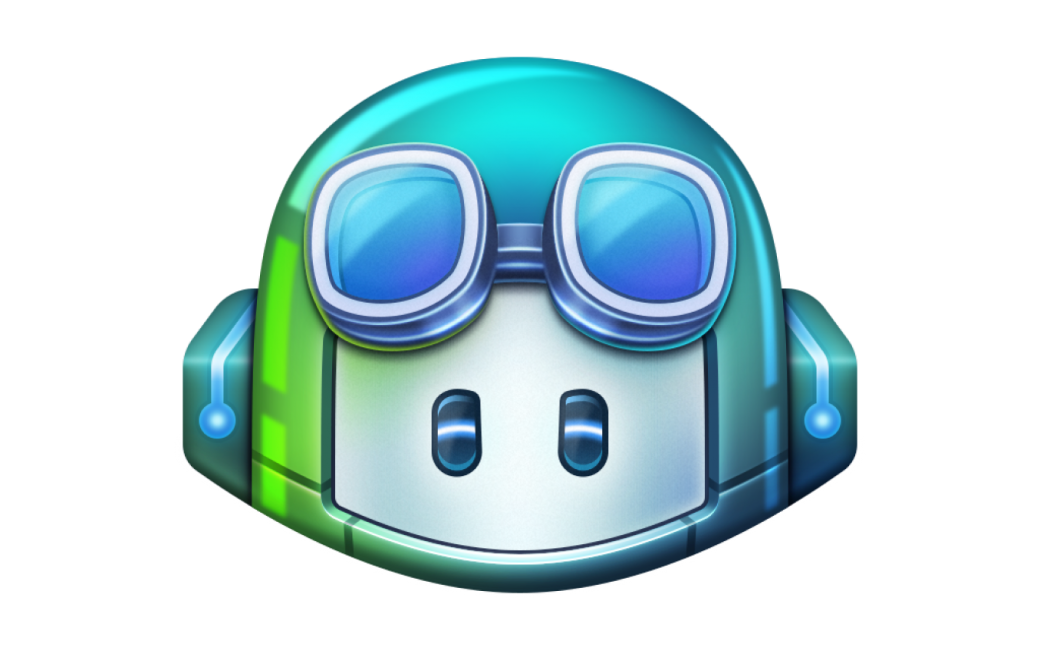
More than just another addition to the developer’s toolkit, GitHub Copilot is an AI-driven companion that adds a whole new layer to the coding and testing process. With its ability to interpret natural language and grasp the context of code, Copilot provides instant suggestions for completing code lines or even whole functions. This capability significantly cuts down on the time and effort needed to create solid test scripts and improve code quality.
This article sets out to explore the synergy between GitHub Copilot and test automation deeply. We’ll examine how this AI-enhanced tool is pushing the limits of automated testing by facilitating the generation of detailed test cases, refining existing test scripts, and guiding users toward best practices. GitHub Copilot emerges as a beacon of innovation, promising to speed up the development timeline while maintaining high standards of quality and reliability in software products.
Through our journey into the capabilities and applications of GitHub Copilot in test automation, we’ll discover its remarkable potential to transform. By the conclusion, the impact of GitHub Copilot in boosting test coverage, accelerating development cycles, and promoting an ethos of continuous learning and enhancement will be undeniable. Let’s embark on this exploration together, to see how GitHub Copilot is not merely influencing the future of test automation but reshaping the very landscape of software development.
What’s this about?
GitHub Copilot, in the context of test automation, refers to the application of GitHub's AI-powered tool, Copilot, to assist in writing, generating, and optimizing test code and scripts for software testing. GitHub Copilot is an AI pair programmer that suggests code and functions based on the work's context, making it a powerful tool for accelerating development and testing processes. When applied to Test Automation, it offers several benefits:
Code Generation for Test Scripts – GitHub Copilot can generate test cases or scripts based on your descriptions. This includes unit tests, integration tests, and end-to-end tests, helping to cover various aspects of application functionality.
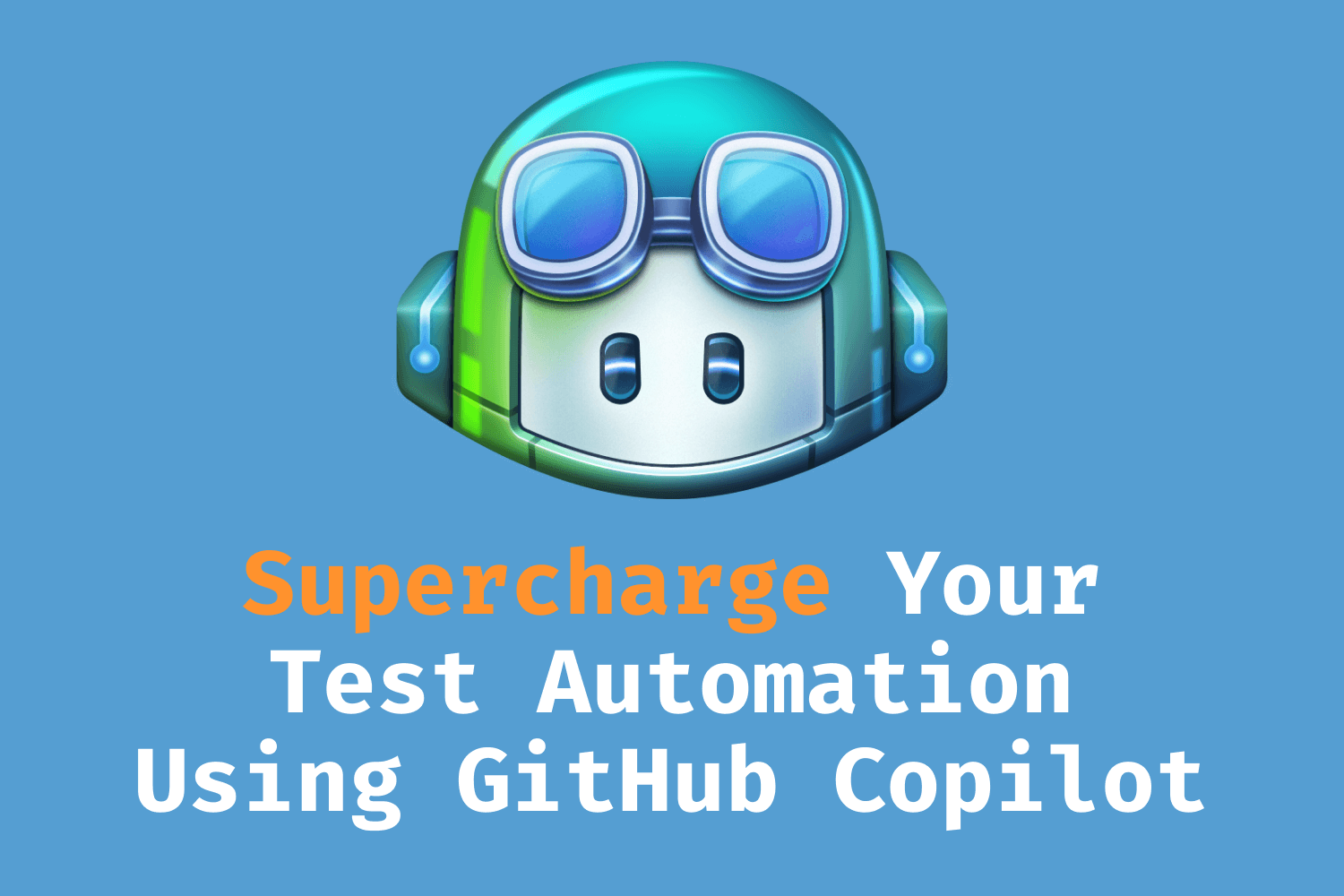
Improving Test Coverage – By suggesting tests that you might not have considered, Copilot can help improve the coverage of your test suite, potentially catching bugs and issues that would have otherwise been missed.
Accelerating Test Development – Copilot can significantly reduce the time required to write test scripts by suggesting code snippets and complete functions. This can be particularly useful in Agile and DevOps environments where speed and efficiency are critical.
Learning Best Practices – For QA engineers, mainly those new to automation or specific languages/frameworks, Copilot can serve as a learning tool, suggesting best practices and demonstrating how to implement various testing patterns.
Refactoring and Optimization – Copilot can suggest improvements to existing test code, helping to refactor and optimize test scripts for better performance and maintainability.
However, while GitHub Copilot can be a valuable tool in Test Automation, it’s important to remember that it’s an aid, not a replacement for human oversight. The code and tests it generates should be reviewed for relevance, correctness, and efficiency. Copilot’s suggestions are based on the vast amount of code available on GitHub, so ensuring that the generated code complies with your project’s specific requirements and standards is crucial.
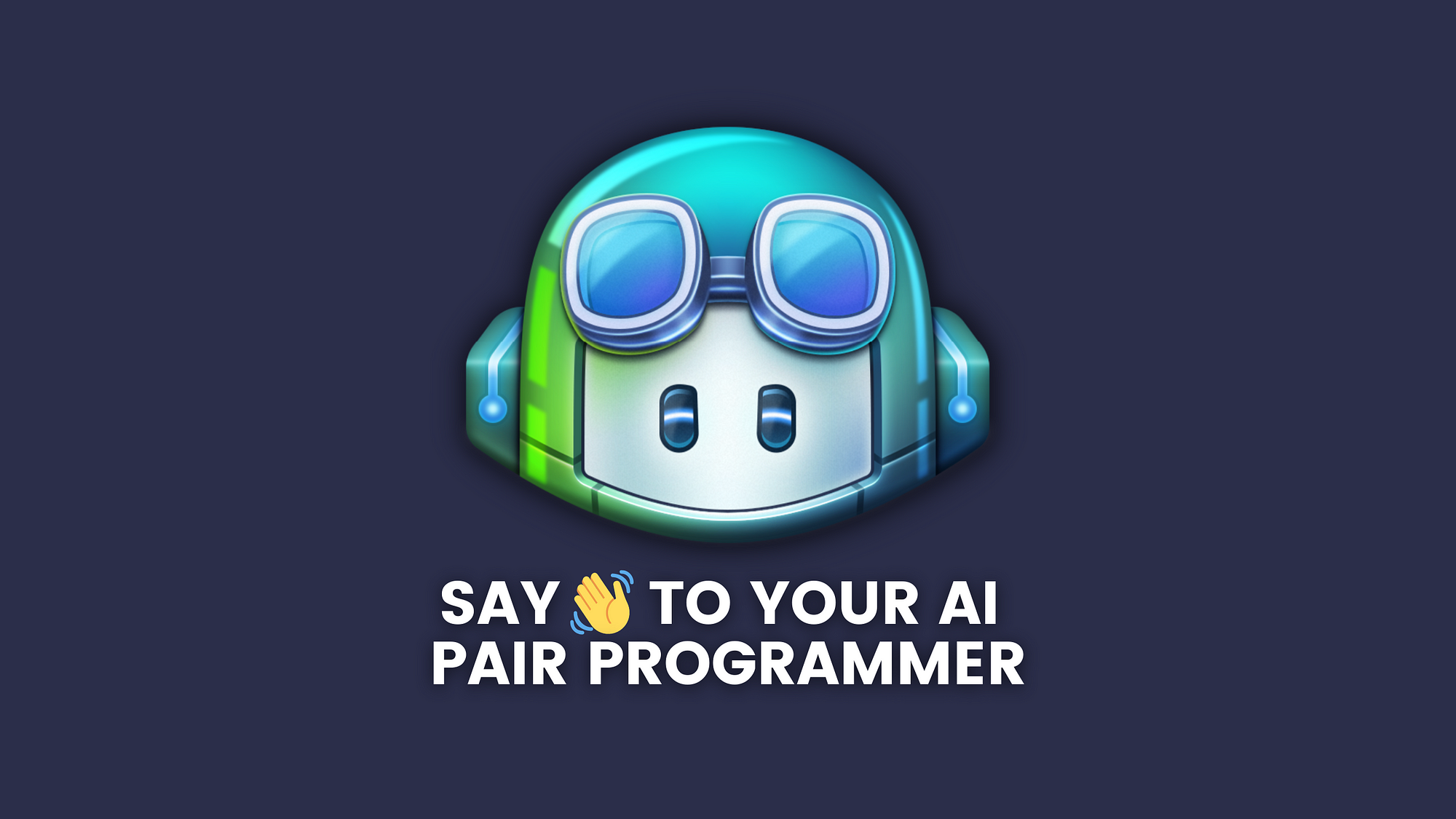
To effectively use GitHub Copilot in automation testing, you should:
- Clearly articulate what you’re testing through descriptive function names, comments, or both.
- Review the suggested code carefully to ensure it meets your testing standards and correctly covers the test scenarios you aim for.
- Be open to refining and editing the suggested code, as Copilot’s suggestions might not always be perfect or fully optimized for your specific use case.
Despite its capabilities, GitHub Copilot is a tool to augment the developer’s workflow, not replace it. It is crucial to understand the logic behind the suggested code and ensure it aligns with your testing requirements and best practices.
GitHub Copilot and Playwright
GitHub Copilot’s integration with test automation, particularly with frameworks like Playwright, exemplifies how AI can streamline the development of robust, end-to-end automated tests. Playwright is an open-source framework by Microsoft for testing web applications across different browsers. It provides capabilities for browser automation, allowing tests to mimic user interactions with web applications seamlessly. When combined with GitHub Copilot, developers and QA engineers can leverage the following benefits:
Code Generation for Playwright Tests
Automated Suggestions: Copilot can suggest complete scenarios based on your descriptions or partial code when you start writing a Playwright test. For example, if you’re testing a login feature, Copilot might suggest code for navigating to the login page, entering credentials, and verifying the login success.
Custom Functionality: Copilot can assist in writing custom helper functions or utilities specific to your application’s testing needs, such as data setup or teardown, making your Playwright tests more efficient and maintainable.
Enhancing Test Coverage
Scenario Exploration: Copilot can suggest test scenarios you might not have considered, thereby improving the breadth and depth of your test coverage. You ensure a more robust application by covering more edge cases and user paths.
Dynamic Test Data: It can help generate code for handling dynamic test data, which is crucial for making your tests more flexible and less prone to breakage due to data changes.
Speeding Up Test Development
Rapid Prototyping: With Copilot, you can quickly prototype tests for new features, getting instant feedback on your test logic and syntax, accelerating the test development cycle.
Learning Playwright Features: For those new to Playwright, Copilot serves as an on-the-fly guide, suggesting usage patterns and demonstrating API capabilities, thus flattening the learning curve.
Best Practices and Refactoring
Adherence to Best Practices: Copilot can suggest best practices for writing Playwright tests, such as using page objects or implementing proper wait strategies, helping you write more reliable tests.
Code Optimization: It can offer suggestions to refactor and optimize existing tests, improving their readability and performance.
Continuous Learning and Adaptation
As you use GitHub Copilot, it adapts to your coding style and preferences, making its suggestions more tailored and valuable.
Usage Example
Imagine writing a Playwright test to verify that a user can successfully search for a product in an e-commerce application. You might start by describing the test in a comment or writing the initial setup code. Copilot could then suggest the complete code for navigating to the search page, entering a search query, executing the search, and asserting that the expected product results appear.
Limitations and Considerations
While GitHub Copilot can significantly enhance the process of writing Playwright tests, it’s essential to:
Review and Test the Suggestions: Ensure the suggested code accurately meets your test requirements and behaves as expected.
Understand the Code: Rely on Copilot for suggestions but understand the logic behind the code to maintain and debug tests effectively.
In summary, GitHub Copilot can be a powerful ally in automating web testing with Playwright, offering speed and efficiency improvements while also helping to ensure comprehensive test coverage and adherence to best practices.

What data does GitHub Copilot collect?
GitHub Copilot, developed by GitHub in collaboration with OpenAI, functions by leveraging a vast corpus of public code to provide coding suggestions in real-time. Privacy and data handling concerns are paramount, especially when integrating such a tool into development workflows. Here is a general overview of the types of data GitHub Copilot may collect and use:
User Input – Copilot collects the code you are working on in your editor to provide relevant suggestions. This input is necessary for the AI to understand the context of your programming task and generate appropriate code completions or solutions.
Code Suggestions – The tool also records the suggestions it offers and whether they are accepted, ignored, or modified by the user. This data helps refine and improve the quality and relevance of future suggestions.
Telemetry Data – Like many integrated development tools, GitHub Copilot may collect telemetry data about how the software is used. This can include metrics on usage patterns, performance statistics, and information about the software environment (e.g., editor version, programming language). This data helps GitHub understand how Copilot is used and identify areas for improvement.
Feedback – Users have the option to provide feedback directly within the tool. This feedback, which may include code snippets and the user’s comments, is valuable for improving Copilot’s accuracy and functionality.
Privacy and Security Measures
GitHub has implemented several privacy and security measures to protect user data and ensure compliance with data protection regulations:
Data Anonymization: To protect privacy, GitHub attempts to anonymize the data collected, removing any personally identifiable information (PII) from the code snippets or user feedback before processing or storage.
Data Usage: The data collected is primarily used to improve Copilot’s algorithms and performance, ensuring that the tool becomes more effective and relevant to the user’s needs over time.
Compliance with GDPR and Other Regulations: GitHub adheres to the General Data Protection Regulation (GDPR) and other relevant privacy laws and regulations, providing users with rights over their data, including the right to access, rectify, and erase their data.
User Control and Transparency
Opt-out Options: Users concerned about privacy can limit data collection. For instance, telemetry data collection can often be disabled through settings in the IDE or editor extension.
Transparency: GitHub provides documentation and resources to help users understand what data is collected, how it is used, and how to exercise their privacy rights.
Users must review GitHub Copilot’s privacy policy and terms of use for the most current and detailed information regarding data collection, usage, and protection measures. As with any tool processing code or personal data, staying informed and adjusting settings to match individual and organizational privacy preferences is crucial.
Incorporate GitHub Copilot into the test automation project
Incorporating GitHub Copilot into an automation project involves leveraging its capabilities to speed up the writing of automation scripts, enhance test coverage, and potentially introduce efficiency and innovation into your testing suite. Here’s a step-by-step approach to integrating GitHub Copilot into your automation workflow:

1. Install GitHub Copilot
First, ensure that GitHub Copilot is installed and set up in your code editor. GitHub Copilot is available for Visual Studio Code, one of the most popular editors for development and automation tasks.
Visual Studio Code Extension: Install the GitHub Copilot extension from the Visual Studio Code Marketplace.
Configuration: After installation, authenticate with your GitHub account to activate Copilot.
2. Start with Small Automation Tasks
Use GitHub Copilot on smaller, less critical parts of your automation project. This allows you to understand how Copilot generates code and its capabilities and limitations without risking significant project components.
Script Generation: Use Copilot to generate simple scripts or functions, such as data setup, cleanup tasks, or primary test cases.
Code Snippets: Leverage Copilot for code snippets that perform everyday automation tasks, such as logging in to a web application or navigating through menus.
3. Expand to More Complex Automation Scenarios
As you become more comfortable with Copilot’s suggestions and capabilities, use it for more complex automation scenarios.
Test Case Generation: Describe complex test scenarios in comments and let Copilot suggest entire test cases. This can include positive, negative, and edge-case scenarios.
Framework-Specific Suggestions: Utilize Copilot’s understanding of various testing frameworks (e.g., Selenium, Playwright, Jest) to generate framework-specific code, ensuring your tests are not only functional but also adhere to best practices.
4. Optimize Existing Automation Code
Copilot can assist in refactoring and optimizing your existing automation codebase.
Code Refactoring: Use Copilot to suggest improvements to your existing automation scripts, making them more efficient or readable.
Identify and Fill Test Gaps: Copilot can help identify areas where your test coverage might be lacking by suggesting additional tests based on the existing code and project structure.
5. Continuous Learning and Improvement
GitHub Copilot is built on a machine-learning model that continuously evolves. Regularly using Copilot for different tasks lets you stay up-to-date with its capabilities.
Feedback Loop: Provide feedback on the suggestions made by Copilot. This helps improve Copilot and lets you learn new coding patterns and approaches.
6. Review and Quality Assurance
While GitHub Copilot can significantly speed up the development of automation scripts, it’s crucial to maintain a rigorous review process.
Code Review: Ensure that all code generated by Copilot is reviewed by a human for logic, efficiency, and adherence to project standards before being integrated into the project.
Testing: Subject Copilot-generated code to the same testing and quality assurance level as any other code in the project.
7. Collaboration and Sharing Best Practices
Share your experiences and best practices for using GitHub Copilot in automation projects with your team. Collaboration can lead to discovering new ways to utilize Copilot effectively.
Documentation: Document how Copilot has been used in the project, including any configurations, customizations, or specific practices that have proven effective.
Knowledge Sharing: Hold sessions to share insights and tips on leveraging Copilot for automation tasks, fostering a culture of innovation and continuous improvement.
Incorporating GitHub Copilot into your automation project can lead to significant productivity gains, enhanced test coverage, and faster development cycles. However, it's crucial to view Copilot as a tool to augment human expertise, not replace it. Properly integrated, GitHub Copilot can be a powerful ally in building and maintaining high-quality automation projects.

Example 1 – Adding Locators and Methods
Incorporating locators and methods into a page.ts file for a web automation project using tools like Playwright or Selenium can significantly benefit from the assistance of GitHub Copilot. This approach enables you to streamline the process of defining page objects and their corresponding methods, enhancing the maintainability and readability of your test scripts. Here is a step-by-step guide on how to do this with the help of GitHub Copilot:
Set Up Your Environment
Ensure that GitHub Copilot is installed and activated within your code editor, such as Visual Studio Code. Open your automation project and navigate to the page.ts file where you intend to add locators and methods.
Define Page Object Locators
Start by adding comments in your page.ts file describing the elements you must interact with on the web page. For example:
// Username input field
// Password input field
// Login button

Then, begin typing the code to define locators for these elements. GitHub Copilot should start suggesting completions based on your comments and the context of your existing code. For instance, if you’re using Playwright, it might offer something like:

Implement Page Methods
After defining the locators, you will want to add methods to interact with these elements. Again, start with a comment describing the action you want to perform, such as logging in:
// Method to log in
Start typing the method implementation and let GitHub Copilot suggest the method’s body based on your defined locators. For a login method, it might offer:

Refine Suggestions
GitHub Copilot’s suggestions are based on the patterns it has learned from a vast corpus of code, but they might not always be perfect for your specific use case. Review the suggestions carefully, making adjustments to ensure they meet your project’s requirements.
Test Your Page Object
Once you’ve added the locators and methods with the help of GitHub Copilot, it’s crucial to test them to ensure they work as expected. Write a test case that utilizes the new page object methods and run it to verify the interactions with the web page are correct.
Iterate and Expand
Add more locators and methods to your page objects as your project grows. GitHub Copilot can assist with this process, helping you generate the code needed for new page interactions quickly.
Share Knowledge
Share this knowledge with your team if you find GitHub Copilot helpful for specific tasks or discover best practices. Collaborative learning can help everyone make the most of the tool.
Example 3 – Analyzing codebase and multiple suggestions
When leveraging GitHub Copilot for analyzing a codebase and generating multiple suggestions in a test automation project, it's crucial to approach this with a strategy that maximizes the tool's capabilities while ensuring the quality and relevance of the suggestions. Here's a guide on how to effectively use GitHub Copilot for this purpose:
Understand Copilot’s Capabilities
First, recognize that GitHub Copilot generates suggestions based on the context of the code you’re working on and the comments you provide. It’s trained on a vast array of code from public repositories, making it a versatile tool for generating code across many languages and frameworks.
Provide Detailed Comments
Use detailed comments to describe the functionality you want to implement or the issue you’re trying to solve. GitHub Copilot uses these comments as a primary source of context. The more specific you are, the more accurate the suggestions.
– Example:
Instead of a vague comment like `// implement login test`, use something more descriptive like `// Test case: Ensure that a user can log in with valid credentials and is redirected to the dashboard`.
Break Down Complex Scenarios
For complex functionalities, break down the scenario into smaller, manageable pieces. This approach makes solving the problem easier and helps Copilot provide more focused and relevant suggestions.
– Example:
If you’re testing a multi-step form, describe and implement tests for each step individually before combining them into a comprehensive scenario.
Explore Multiple Suggestions
GitHub Copilot offers several suggestions for a given code or comment. Don’t settle for the first suggestion if it doesn’t perfectly fit your needs. You can cycle through different suggestions to find the one that best matches your requirements or inspires the best solution.
Refine and Iterate
Use the initial suggestions from Copilot as a starting point, then refine and iterate. Copilot’s suggestions might not always be perfect or fully optimized. It’s essential to review, test, and tweak the code to ensure it meets your standards and fulfils the test requirements.
Leverage Copilot for Learning
GitHub Copilot can be an excellent learning tool for unfamiliar libraries or frameworks. By analyzing how Copilot implements specific tests or functionalities, you can gain insights into best practices and more efficient ways to write your test scripts.
Collaborate and Review
Involve your team in reviewing Copilot’s suggestions. Collaborative review can help catch potential issues and foster knowledge sharing about efficient coding practices and solutions Copilot may have introduced.
Utilize Copilot for Boilerplate Code
Use GitHub Copilot to generate boilerplate code for your tests. This can save time and allow you to focus on the unique aspects of your test scenarios. Copilot is particularly good at generating setup and teardown routines, mock data, and standard test structures.
Continuous Learning and Adaptation
GitHub Copilot learns from the way developers use it. The more you interact with Copilot, providing feedback and corrections, the better it offers relevant suggestions. Engage with it as a dynamic tool that adapts to your coding style and preferences over time.
Ensure Quality Control
Always remember that you and your team are responsible for the code’s quality and functionality. Use GitHub Copilot as an assistant, but ensure that all generated code is thoroughly reviewed and tested according to your project’s standards.
Following these strategies, you can effectively leverage GitHub Copilot to analyze your codebase and generate multiple relevant suggestions for your test automation project. Copilot can significantly speed development, enhance learning, and introduce innovative solutions to complex problems. However, it’s crucial to remain engaged in the process, critically evaluating and refining the suggestions to ensure they meet your project’s specific needs and quality standards.

Example 4 – Generating Test Scenarios
Generating test scenarios with GitHub Copilot involves leveraging its AI-powered capabilities to brainstorm, refine, and implement detailed test cases for your software project. GitHub Copilot can assist in covering a broad spectrum of scenarios, including edge cases you might not have initially considered. Here’s how you can effectively use GitHub Copilot for generating test scenarios:
Start with Clear Descriptions
Begin by providing GitHub Copilot with explicit, descriptive comments about the functionality or feature you want to test. The more detailed and specific your description, the better Copilot can generate relevant test scenarios.
– Example:
Instead of simply commenting `// test login`, elaborate with details such as `// Test scenario: Verify that a user can successfully log in with valid credentials and is redirected to the dashboard. Include checks for incorrect passwords and empty fields.`
Utilize Assertions
Specify what outcomes or assertions should be tested for each scenario. Copilot can suggest various assertions based on the context you provide, helping ensure your tests are thorough.
– Example:
`// Ensure the login button is disabled when the password field is empty.`
Explore Edge Cases
Ask Copilot to suggest edge cases or less common scenarios that might not be immediately obvious. This can significantly enhance your test coverage by including scenarios that could lead to unexpected behaviors.
– Example:
`// Generate test cases for edge cases in user registration, such as unusual email formats and maximum input lengths.`
Generate Data-Driven Tests
Data-driven testing is crucial for covering a wide range of input scenarios. Prompt Copilot to generate templates or code snippets for implementing data-driven tests.
– Example:
`// Create a data-driven test for the search functionality, testing various input strings, including special characters.`
Implement Parameterized Tests
Parameterized tests allow you to run the same test with different inputs. Use Copilot to help write parameterized tests for more efficient scenario coverage.
– Example:
`// Write a parameterized test for the password reset feature using different types of email addresses.`
Leverage Copilot for Continuous Integration (CI) Tests
If your project uses CI/CD pipelines, Copilot can suggest scenarios specifically designed to be executed in CI environments, focusing on automation and efficiency.
– Example:
`// Suggest test scenarios for CI pipeline that cover critical user flows, ensuring quick execution and minimal flakiness.`
Refine Suggestions
Review the test scenarios and code snippets suggested by Copilot. While Copilot can provide a strong starting point, refining these suggestions to fit your project’s specific context and standards is crucial.
Iterate and Expand
Use the initial set of scenarios as a foundation, and continuously iterate by adding new scenarios as your project evolves. GitHub Copilot can assist with this ongoing process, helping identify new testing areas as features are added or modified.
Collaborate with Your Team
Share the generated scenarios with your team for feedback. Collaborative review can help ensure the scenarios are comprehensive and aligned with the project goals. GitHub Copilot can facilitate brainstorming sessions, making the process more efficient and thorough.
Document Your Test Scenarios
Finally, document the generated test scenarios for future reference and new team members. GitHub Copilot can even assist in developing documentation comments and descriptions for your test cases.
GitHub Copilot can significantly streamline the process of generating test scenarios, from everyday use to complex edge cases. By providing detailed descriptions and leveraging Copilot’s suggestions, you can enhance your test coverage and ensure your software is robust against various inputs and conditions. Remember, the effectiveness of these scenarios depends on your engagement with Copilot’s suggestions and your willingness to refine and iterate on them.


Conclusion: Redefining Test Automation's Horizon
Integrating advanced automation tools marks a pivotal moment in the evolution of Test Automation, bringing about a significant broadening of capabilities and a redefinition of the quality assurance process. This progress represents not merely an advancement in automation technology but a stride towards a future where QA is seamlessly integrated with creativity, insight, and a deep commitment to enhancing user experience. In this future landscape, QA professionals evolve from their conventional role of bug detectors to become creators of digital experiences, ensuring software is not only technically sound but also excels in delivering user satisfaction and upholding ethical standards.
Efficiency and Innovation as Core Pillars
The collaboration between advanced automation tools introduces an era marked by heightened efficiency, facilitating quicker release cycles without sacrificing output quality. This is made possible by automating mundane tasks, applying intelligent code and interface analyses, and employing predictive models to identify potential issues early. These technological advancements free QA engineers to use their skills in areas that benefit from human insight, such as enhancing user interface design and formulating strategic testing approaches.
Elevating Intuition and Creativity
Looking ahead, the QA process will transcend traditional test scripts and manual verification, becoming enriched by the intuitive and creative contributions of QA professionals. Supported by AI, these individuals are empowered to pursue innovative testing approaches, navigate the complexities of software quality on new levels, and craft inventive solutions to intricate problems. This envisioned future places a premium on the unique human ability to blend technical knowledge with creative thinking, pushing the boundaries of what is possible in quality assurance.
Achieving Excellence in Software Experiences
The primary goal of delivering outstanding software experiences becomes increasingly feasible. This ambition extends beyond merely identifying defects sooner or automating testing procedures; it encompasses a comprehensive understanding of user requirements, ensuring software is accessible and inclusive, and fostering trust through robust privacy and security measures. Test Automation emerges as a crucial element in the strategic development of software, significantly impacting design and functionality to fulfil and surpass user expectations.
Transformation of QA Engineers’ Roles
As the industry progresses toward this enriched future, the transformation in the role of QA engineers signifies a more comprehensive evolution within the software development field. They are more significant in decision-making processes, affecting product design and strategic orientation. Their expertise is sought not only for verifying software’s technical accuracy but also for their deep understanding of user behavior, preferences, and requirements.
Navigating the Path Forward
Realizing this vision involves overcoming obstacles, necessitating ongoing innovation, education, and adaptability. The benefits of pursuing this path are substantial. By adopting advanced technologies and methodologies, QA teams can refine their processes and contribute to developing digital products that genuinely connect with and satisfy users. Successful navigation of this path relies on interdisciplinary collaboration, continuous learning, and a dedication to achieving excellence.
Elevating Human Experience Through Technology
Ultimately, this envisioned future of Test Automation represents a broader industry call to utilize technology for efficiency and profit and as a vehicle for enhancing the human condition. In this imagined future, technology produces functional, dependable, enjoyable, and inclusive software aligned with our collective values and ethics. Integrating advanced tools and methodologies signifies the initial steps toward a future where quality assurance is integral to developing software that positively impacts lives and society.

Author
Jagoda Peric
Quality Assurance Engineer
Podcast: Navigating the Responsible Development of LLMs with Vijay Karunamurthy
Navigating the Responsible Development of LLMs with Vijay Karunamurthy
Demystifying the Path to Trustworthy AI
Vijay Karunamurthy, Field CTO at Scale AI, joins CTO Confessions to discuss his career in AI and the future of generative models. Vijay shares lessons from early neural network research and his time at YouTube, where he helped build recommendation systems. He explains his role translating customer needs to product roadmaps and ensuring ethical, transparent AI development.
The conversation explores AI’s potential to enhance understanding of complex issues through multimodal interfaces. Vijay offers advice on entrepreneurship and gaining new perspectives through direct conversations.
“AI will change the world, but not so much the fundamentals that shape how software development is done.“
–Vijay Karunamurthy–

- Fine-tuning AI models for real-time use cases like robots and self-driving cars will democratize access to AI.
- Leveraging direct conversations with customers, researchers, and experts will help you gain new perspectives and challenge assumptions.
- Testing is paramount as it will determine how safe, usable, and effective AI will be in the future.
TLDR: Straight to the point
(Quick Links)
Introducing the guest Tamás Petrovics
The journey to becoming a tech leader
What is the problem that XUND is solving?
How Tamás roles as a leader
As a leader, what keeps Tamás up at night?
How to create the best performing teams
Engineering challenges
Book recommendations by Tamás
Tamás’ wish to the tech genie
Tamás’ key takeaways for aspiring tech leaders
TC’s key takeaways from the podcast
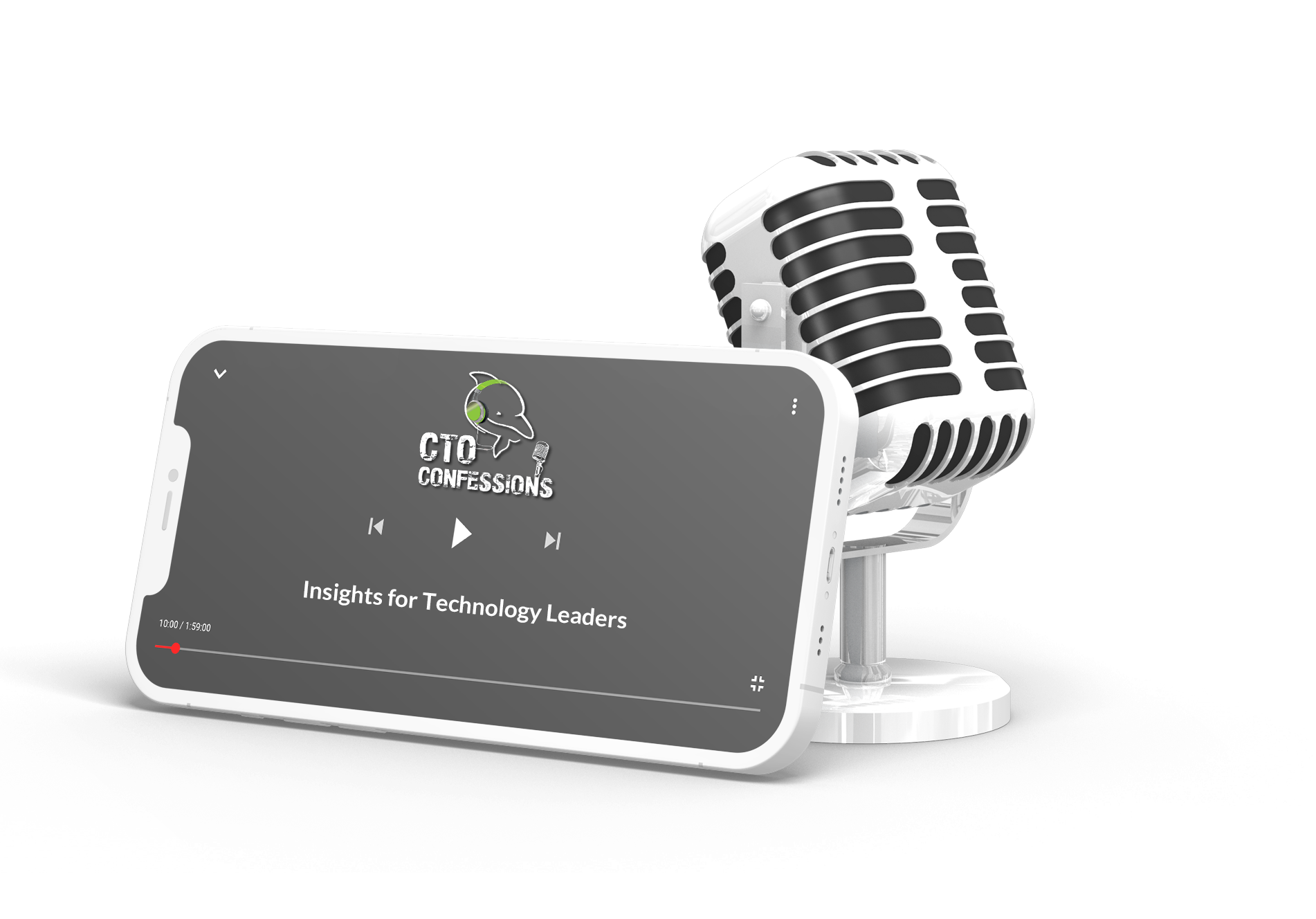
Career Advancement Opportunities
Career Advancement Opportunities

At IT Labs, we’re not just about the cutting-edge technology we create; we’re also deeply committed to the continuous growth and development of our team. That’s why we created the IT Labs Wisdom Hub – a collection of thoughtfully and professionally designed online training programs, continuously improved and encompassing topics from technical to soft skills, optimized for self-paced learning and carefully crafted to match the needs of our colleagues. Through our IT Labs Wisdom Hub, we offer an unparalleled opportunity for professional and personal advancement, all designed with your future in mind. Check out the main categories:
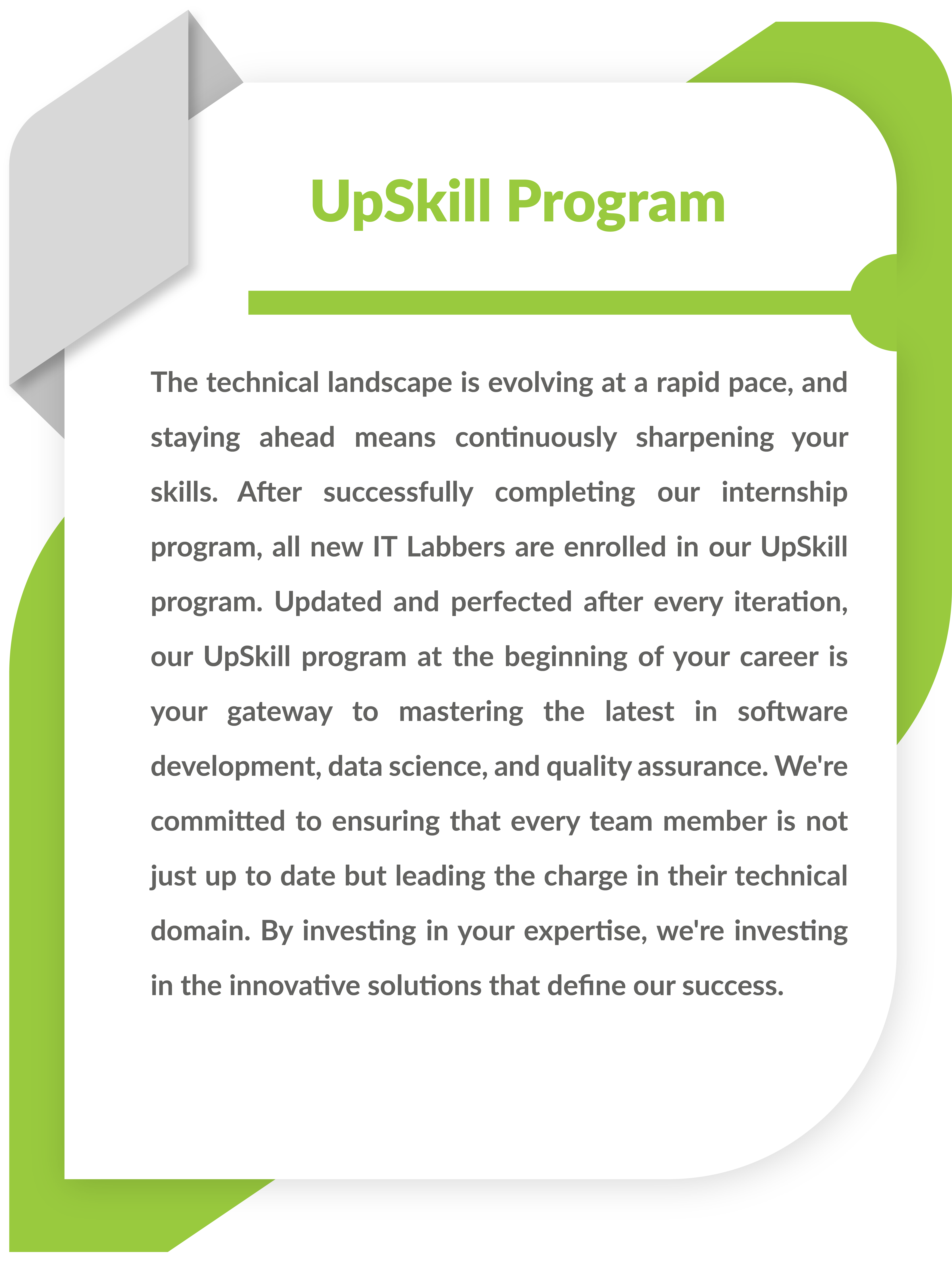
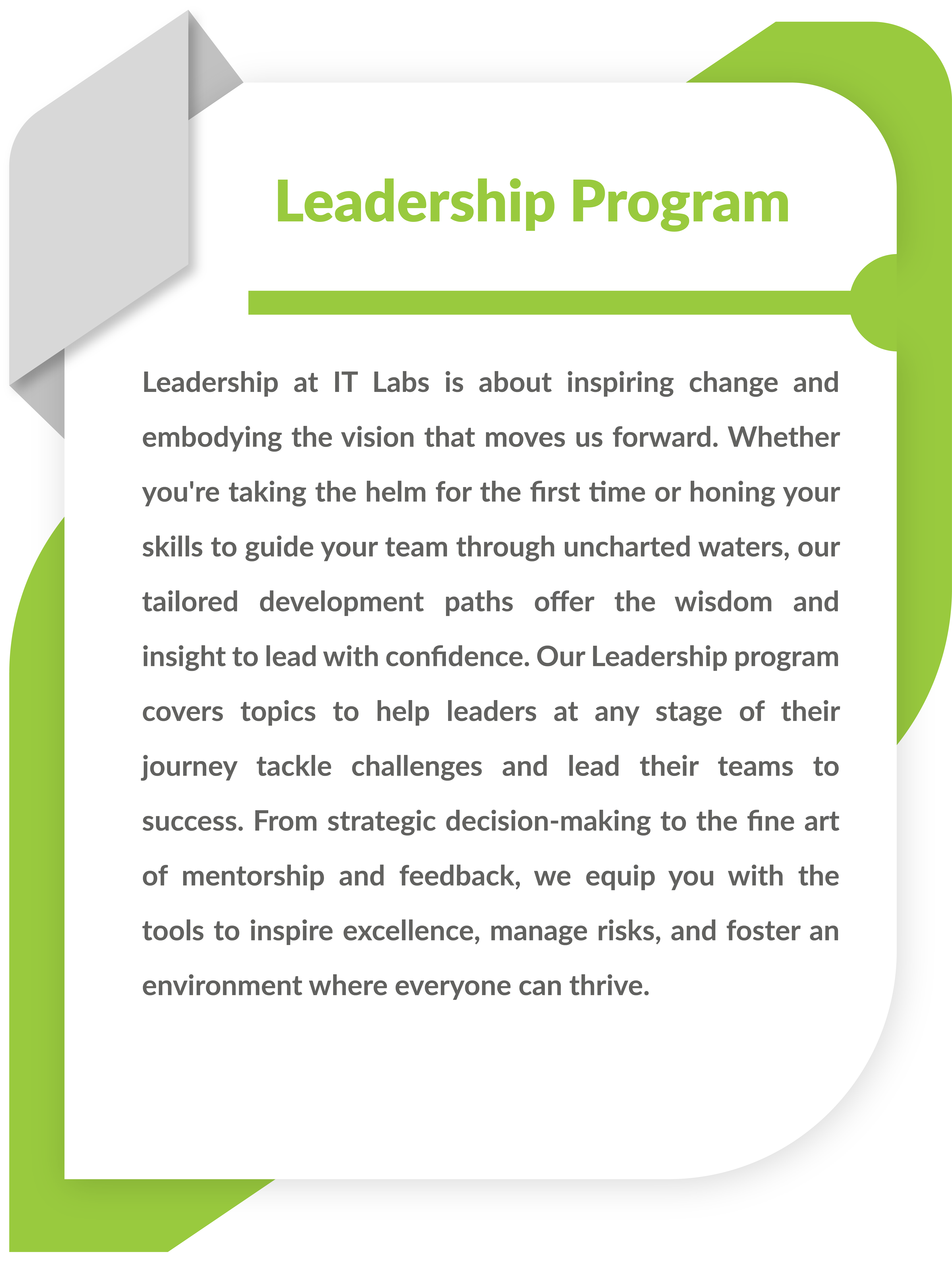
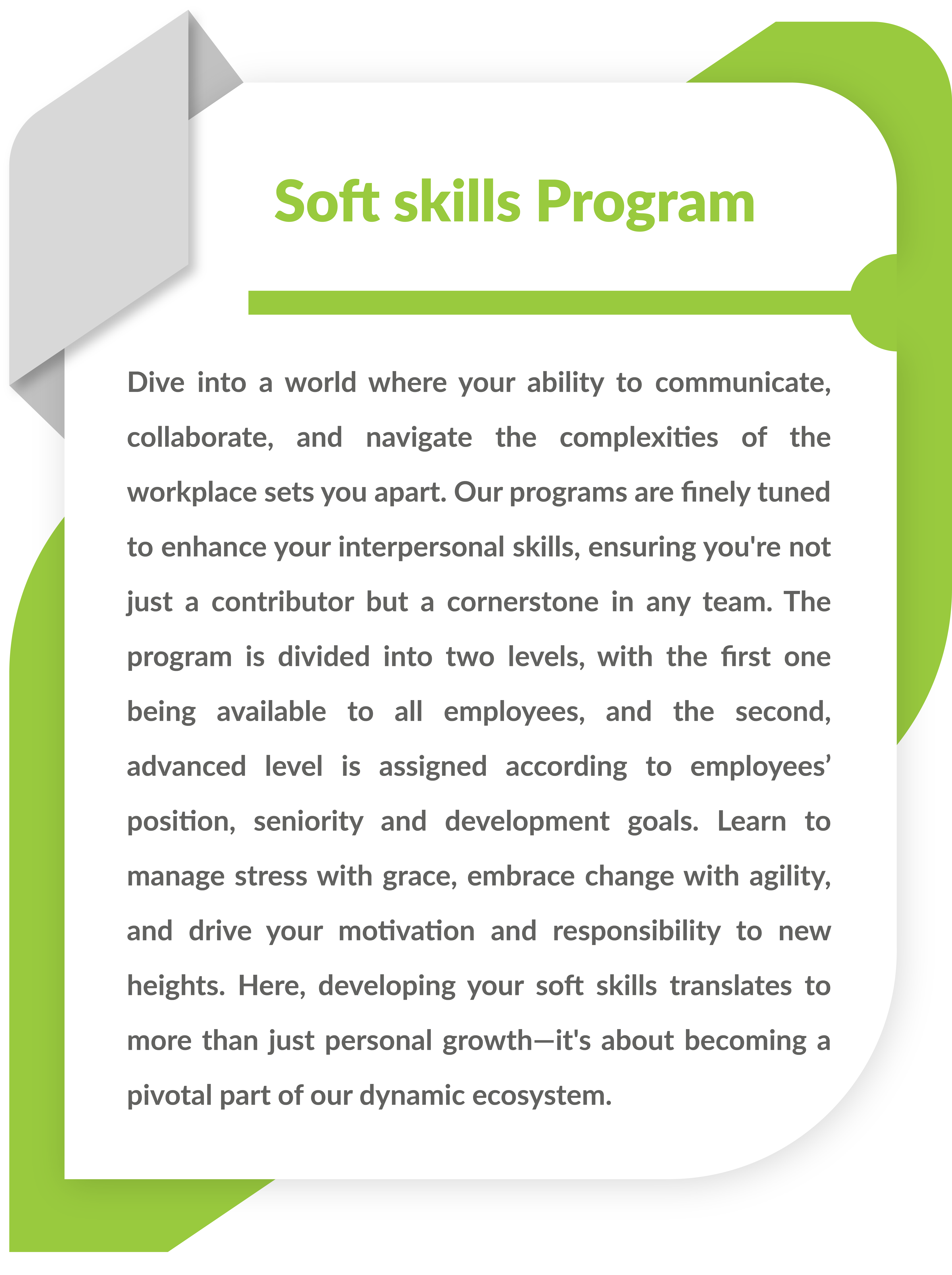
Your Growth is Our Priority
At IT Labs, the will to grow, learn, and improve is a priority and requirement – and that’s exactly why we’ve made it our number one goal to invest in people’s careers, skills, and futures - and help them fulfil their potential and professional goals. The most important task our employees have is continuous learning and just as they contribute to the success of IT Labs, we support them in every step of their journey.
What are the Top 5 CTO Challenges in Leading Teams – Part 5
What are the Top 5 CTO Challenges in Leading Teams – Part 5
By TC Gill

Welcome to Part 5 of our series on the Top 5 CTO Challenges in Leading Teams. In this installment, we delve into a critical aspect of tech leadership: budget management. In today’s tech landscape, where technology functions are not just cost centers but integral to business success, effective budget management is paramount. Join us as we explore the challenges CTOs face in budget management and discover strategies to navigate them successfully.
The Challenge of Budget Management
In the realm of technology leadership, effective budget management encompasses far more than mere financial oversight. It represents a strategic endeavor marked by a series of intricate challenges that CTOs face in their pursuit of fostering innovation while ensuring operational efficiency. These challenges are multifaceted, reflecting the dynamic interplay between forecasting accuracy, balancing innovation with operational necessities, and managing stakeholder expectations within the rapidly evolving technology landscape.


Forecasting Accuracy and Unpredictability
One of the most significant hurdles in budget management is the ability to forecast future financial needs with a high degree of accuracy. The tech industry is known for its rapid pace of change, with new technologies emerging and market demands evolving at an unprecedented rate. This unpredictability makes it challenging for CTOs to anticipate expenses accurately, often leading to discrepancies between forecasted and actual spending. The task is further complicated by the need to stay ahead of technological advancements, requiring allocations for new investments that were not part of the original budget planning. This scenario demands a flexible approach to budgeting, one that allows for quick adjustments in response to technological shifts without jeopardizing the financial stability of ongoing projects.
Balancing Innovation with Operational Necessities
Another critical challenge is the allocation of resources between innovative projects and the maintenance of existing operations. CTOs are tasked with driving growth through innovation while ensuring the reliability and efficiency of current systems. This balancing act is complicated by the competing demands of projects, each vying for a share of the budget based on their potential to contribute to the organization's strategic goals. The challenge lies in making informed decisions that prioritize projects not only on their immediate impact but also on their alignment with long-term objectives. This often involves tough choices, such as reallocating resources from popular initiatives to those that promise greater strategic value, all while maintaining operational excellence.


Managing Stakeholder Expectations
Compounding these challenges is the need to manage the expectations of a diverse group of stakeholders, including team members, executives, and external partners. Each group has its own set of priorities and expectations regarding budget allocations, making it difficult to achieve consensus. For instance, while the development team may push for increased funding for cutting-edge research, the finance department might emphasize cost reduction and efficiency. Navigating these differing priorities requires CTOs to engage in clear communication and consensus-building, striving to align budget allocations with the organization's overarching strategic goals. This involves making difficult decisions, negotiating compromises, and sometimes, advocating for budget adjustments to ensure both innovation and operational stability are adequately funded.
The Steps Needed for Effective Budget Management
In the fast-paced world of technology, Chief Technology Officers (CTOs) face the tricky balance of planning for the unknown and making every penny count. Gone are the days of set-it-and-forget-it budgets. Today, managing finances means being as nimble and innovative as the technologies we work with. We're diving into three key strategies that make budgeting less of a headache and more of a strategic advantage: Dynamic Budget Formulation and Adjustment, Prioritization and Resource Optimization, and Embracing Agile Financial Planning. These approaches not only help tackle the unpredictable nature of tech finance but also ensure that CTOs can keep their teams innovating, operations smooth, and stakeholders happy—all without breaking the bank. Let's explore how these strategies can transform budget woes into budget wins.


Dynamic Budget Formulation and Adjustment
To combat forecasting inaccuracies and the unpredictability of the tech landscape, adopting a dynamic approach to budget formulation and adjustment is crucial. This strategy involves regular review and realignment of the budget to reflect changing priorities and market conditions. By allowing for frequent adjustments, CTOs can ensure that financial planning remains flexible, responsive to technological shifts, and capable of accommodating new investments. This approach directly tackles the challenge of forecasting accuracy by instituting a framework that supports swift adaptation to unforeseen financial needs and opportunities.
Prioritization and Resource Optimization
Addressing the challenge of balancing innovation with operational necessities, the solution of prioritization and resource optimization is key. By employing a structured evaluation process for projects, such as the MoSCoW method, CTOs can identify and allocate resources to initiatives that align with the organization's strategic goals and offer the highest potential impact. This strategic prioritization ensures that limited resources are directed toward projects that not only promise significant returns but also maintain or enhance operational stability. This solution facilitates informed decision-making, enabling CTOs to navigate the delicate balance between fostering innovation and sustaining existing operations effectively.


Embracing Agile Financial Planning
To manage the complex interplay of stakeholder expectations, adopting an agile approach to financial planning offers a pathway to achieving consensus and aligning budget allocations with strategic objectives. Agile budgeting, characterized by its flexibility and iterative nature, allows for ongoing adjustments based on feedback from stakeholders and changes in business needs. This method promotes transparency and collaboration, encouraging input from various departments and ensuring that budget decisions support the overall vision of the organization. By fostering an environment where financial planning is adaptable and inclusive, CTOs can more effectively manage stakeholder expectations, negotiate compromises, and ensure that budget allocations reflect a shared understanding of the organization's priorities.
Conclusion
So, there you have it. What “I” think are the top five challenges. This is just from the perspectives of my lens and the conversations I’ve had with tech leaders. What are the topics that you would have listed in addition to these? I’d love to know. Drop me a line on tc.gill@it-labs.com if you feel there is a particular one that could be mentioned and unpacked.

So, what do you think? What do the challenges mentioned here mean to you? Did they get you thinking. How can you overcome these challenges? Is there something on the other side of them? An “opportunity” maybe! If you can get them out of the way.
Drop me a line and let me know your thoughts. In the meantime, keep growing and thriving.
Leadership is a ride… do your best to enjoy it.

Author
TC Gill – People Development Coach and Strategist
Podcast: Architecting Success: Andreas Westendorpf's Vision of Tech as Business Backbone
Architecting Success: Andreas Westendorpf's Vision of Tech as Business Backbone with Andreas Westendörpf
From Software Engineering to Sleep Science: The Unconventional Path of a Tech Visionary at Emma
In this insightful episode of CTO Confessions, listeners are treated to an in-depth exploration of technology and leadership through the experiences of Andreas Westendörpf, CTO of Emma. His journey, from a budding software engineer to an influential technology leader, is a central theme. The episode covers the crucial role of good architecture, with a focus on the MACH Alliance’s contributions to e-commerce. It delves into the significant impact of organizational structure on technology, advocating for empowered, interdisciplinary product teams. Additionally, the episode sheds light on topics like technical debt and the essence of software development, all while underscoring the necessity of empathy in the tech industry.
“Tech is actually the way how to find and exploit new revenue streams. Technology is not supporting, enabling or empowering business anymore. It IS business.”

- Empathy is Key in Bridging Technology and Business – Mutual understanding between technical and non-technical teams is crucial for effective collaboration and problem-solving.
- Organizational Dynamics Shape Software Development – The structure of an organization significantly influences its software architecture. Implementing effective team structures and interdisciplinary approaches can lead to more innovative and efficient product development.
- Continuous Learning and Community Engagement are Essential – Engaging with peer networks, podcasts, and tech blogs is vital for staying updated and tackling the complexities of technology leadership.
TLDR: Straight to the point
(Quick Links)
Introducing the guest Tamás Petrovics
The journey to becoming a tech leader
What is the problem that XUND is solving?
How Tamás roles as a leader
As a leader, what keeps Tamás up at night?
How to create the best performing teams
Engineering challenges
Book recommendations by Tamás
Tamás’ wish to the tech genie
Tamás’ key takeaways for aspiring tech leaders
TC’s key takeaways from the podcast

Martin, what in the Java World is Quarkus?
Martin, what in the Java World is Quarkus?
Welcome Java devs (or otherwise)! We had an interview with one of our Senior Back-end Engineers, Martin Trajkov, a skilled Java expert who sat down for a talk with us about Quarkus, to share !
Martin is not just any developer; he's an expert in making Java applications work great in the cloud and has lots of experience in this area. He knows how to explain complex ideas in simple ways, making learning about Quarkus fun and easy.

Martin Trajkov
Senior Back-end Engineer
Think of this interview as the pre-game before Martin guiding us through the exciting world of Quarkus in his upcoming webinar.
We ask, Martin answers all the big questions, and by the end – you from how to make Java applications run better in the cloud to how to start them up really fast, all in an easy-to-understand and fun way!
Once again, Martin - what in the Java world is Quarkus?
Think of Quarkus as the superhero of Java frameworks, swooping in to save the day with its super-fast boot times and sleek performance. It’s like giving your Java applications a dose of super-serum to make them cloud-native and Kubernetes-friendly.
To give you the final definition: Quarkus is a modern Java framework that allows developers to create efficient and fast microservices and serverless applications, with a focus on reducing memory usage and startup time, making it ideal for cloud deployments.

Is Quarkus just another framework I need to learn, or is it actually going to make my life easier?
Oh, it’s definitely here to make your life easier, not to add to your developer’s toolbox of doom. Imagine writing code and seeing changes instantly, without the agonizing wait. That’s Quarkus for you—like having a fast-forward button for your coding!
Will Quarkus work with my existing Java knowledge, or do I need to start from scratch?
No need to toss your Java knowledge out the window! Quarkus builds on what you already know and love about Java, just turbocharging it for the cloud era. It’s like your Java skills got an upgrade!

I heard Quarkus works well with GraalVM. What's the deal there?
Yep, Quarkus and GraalVM are the dynamic duo! GraalVM allows Quarkus apps to compile into native executables, which means even faster startup times and lower memory usage. It’s like your app goes on a super-efficient diet and exercise regimen.
Can Quarkus really make my applications start that much faster?
Absolutely! Quarkus is like a shot of espresso for your applications. You’ll go from sleepy, slow startups to lightning-fast launches, making your apps feel as if they’ve just sprinted out of the blocks.
What about the learning curve? Is Quarkus developer-friendly for newbies and veterans alike?
Quarkus is designed with all levels of Java developers in mind. It has a gentle learning curve for newbies while offering deep and powerful features that veterans will appreciate. Think of it as a friendly tour guide through the land of cloud-native Java, offering helpful tips and snacks along the way.

What about Quarkus and Kubernetes?
Quarkus and Kubernetes are like best buddies in the cloud-native playground. Quarkus is built with Kubernetes in mind, so it’s like it inherently knows how to scale, heal, and play nicely with containers, making your deployment a breeze.

So where can I learn more about this?
As a matter of fact – I have a webinar on the topic coming up, in which I’ll show you around Quarkus, some of its features, show you how it can make your life easier, and why it might be a better choice for you in your Java endeavors!
Sign up here –> Webinar – Quarkus: Crafting the Future of Java in the Cloud
FPGA in 2023: A Comprehensive Overview of Key Milestones and Innovations
FPGA in 2023: A Comprehensive Overview of Key Milestones and Innovations

Last year heralded a new era in FPGA technology, marked by groundbreaking advancements that extended from sophisticated acoustic imaging to immersive augmented reality, high-speed data transmission, and beyond. This overview delves into these transformative innovations, showcasing their impact across various sectors and highlighting the expanding capabilities of FPGA applications.
As we navigate through these pivotal developments, we uncover how they have not only advanced technological frontiers but also set new benchmarks for future innovations in the digital and analog realms.
IT Labs’ experts have picked the most notable events in the world of FPGA – the ones that carry the potential to have a significant impact on the industry, breakthroughs, events – providing their analysis and the long-lasting impact they might have on the industry.
Scroll on down for the full take!
January - SM Instruments launches an FPGA real-time sound camera with high-speed beamforming technology
SeeSV – S206 camera provides detection of highly transient noise sources using a high-speed FPGA-based beamforming technology.
The beamforming technology is used to improve signal-to-noise ratio of received signals, eliminate undesirable interference sources, and focus transmitted signals to specific location. This technology works using Wi-Fi.
The detection of these sources is being done by using a MEMS microphone with 96 channels that immediately detect small annoying sounds such as buzz, squeaks, rattle. Also, this camera can provide visualization of noise, vibration and/or harshness sources. This camera can capture 25 images per second and comes with real-time sound imaging software that helps in visualizing the sounds.
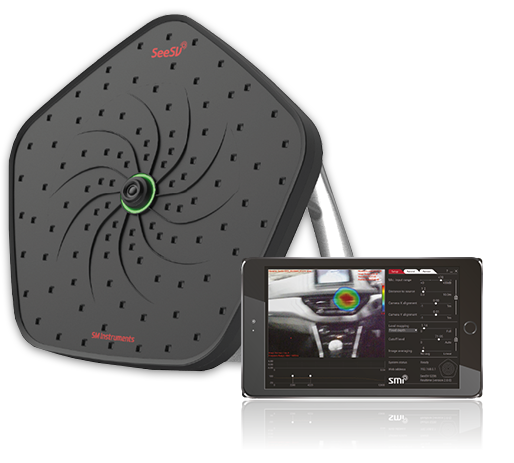
Kicking off the year, January saw the debut of the SeeSV-S206 by SM Instruments, a state-of-the-art sound camera that integrates FPGA technology with beamforming to revolutionize noise detection and analysis. This tool stands out for its precision in pinpointing and visualizing elusive sound sources, offering a significant advantage to industries like automotive and manufacturing where accurate noise identification is critical.
Short overview
The SeeSV-S206 is equipped with high-speed beamforming technology, powered by FPGA, which enhances the signal-to-noise ratio of received signals and eliminates unwanted interference. This technology, coupled with Wi-Fi connectivity, enables the camera to pinpoint elusive noise sources with remarkable precision. Utilizing a 96-channel MEMS microphone, the camera can swiftly detect small, bothersome sounds such as buzzes, squeaks, and rattles. Additionally, its real-time sound imaging software allows for detailed visualization of noise, vibration, and harshness sources at a capture rate of 25 images per second.
Impact
In the automotive industry, the SeeSV-S206 revolutionizes noise detection by facilitating the identification of engine or gear malfunctions and the detection of air or gas leaks. This capability streamlines maintenance processes, enhances quality control measures, and improves overall operational efficiency. Beyond automotive applications, the technology holds promise for use in various industries where precise noise detection is essential for resolving issues and optimizing performance.
February - Augmented reality monocle by Brilliant Labs - an innovative feature for an imaginative hacker

February was marked by the unveiling of a cutting-edge, open-source augmented reality monocle. This innovative device, equipped with a comprehensive suite of features including FPGA technology, offers a customizable AR experience that seamlessly integrates with everyday life. From enhancing leisure activities to revolutionizing practical tasks, the monocle’s adaptability and wide range of applications set a new standard for personal tech in our daily routines.
Short overview
The augmented reality monocle is a multifunctional device comprising a display, camera, microphone, PCB, microcontroller, FPGA, and battery. It seamlessly connects to mobile phones via Bluetooth, allowing for versatile integration with existing technologies. The device’s functionality is highly adaptable, with open-source software like MicroPython enabling users to reprogram it to suit their specific needs.
The display functionality, powered by the FPGA, can be configured for various purposes such as computer vision, AI processing, or graphic acceleration, offering a wide range of applications. By clipping onto existing eyewear, the monocle combines a single-lens display with AR technology, overlaying digital information onto the user’s real-world view. This versatility opens endless possibilities, from browsing the web while cooking to navigating with maps while biking, real-time language translation, healthcare monitoring, and QR code/barcode detection.
Impact
The augmented reality monocle’s adaptability and functionality make it a valuable tool in everyday life. Its ability to seamlessly integrate digital information into real-world scenarios enhances productivity, convenience, and safety across various activities. Whether used for leisure, communication, or practical tasks, the monocle represents a significant advancement in AR technology, catering to both tech enthusiasts and mainstream users alike.
March - Announcement by Intel about their new, state-of-the-art, Agilex 7 FPGA based transceiver
March heralded a significant leap in FPGA technology with Intel’s launch of the Agilex 7 FPGA-based transceiver. This announcement introduced a device capable of delivering unprecedented data rates, tailored for a variety of applications from cloud computing to 5G networks. The Agilex 7’s cutting-edge design and multiprotocol support promise to revolutionize connectivity and processing capabilities, offering a versatile solution for an array of high-demand tech environments.

Short overview
The Agilex 7 FPGAs leverage cutting-edge 10 nanometer SuperFin process technology, offering multiprotocol capabilities and support for faster data rates. With transceivers capable of delivering speeds of up to 116 gigabits per second (Gbps) and hardened 400 gigabit Ethernet (GbE) intellectual property (IP), these devices enable customers to create new connectivity topologies within a single device.
Impact
The introduction of Agilex 7 FPGAs brings forth a myriad of benefits for various industries. With its flexibility and high-performance capabilities, it addresses the demands of bandwidth-intensive applications, networking, cloud computing, embedded systems, and compute-intensive tasks. This translates to lower costs and enhanced efficiency for network operators, cloud providers, and enterprise organizations. Furthermore, Intel’s ongoing optimization of FPGA technology ensures its applicability across diverse sectors, including optical networking, data centers, broadcast studios, medical testing facilities, and 5G networks, among others.
April – Speeding up FPGA development by using Rapid Silicon’s new RapidGPT, an AI chatbot-based FPGA design tool

April saw the introduction of Rapid Silicon’s RapidGPT, a revolutionary AI chatbot designed to streamline FPGA development. This tool, with its conversational interface and advanced features like code autocompletion and optimization, promises to significantly boost the efficiency of FPGA designers, potentially transforming the landscape of hardware development in the industry.
Short overview
RapidGPT is an intelligent software interface, functioning via a chat-based platform, tailored to FPGA chip designers. Unlike conventional development tools, RapidGPT employs natural language processing to facilitate tasks such as code autocompletion, design assistance, debugging, optimization, and analysis. Its conversational interface simplifies the complexities of FPGA and HDL development, offering a user-friendly experience akin to everyday chat-based applications.
Impact
The introduction of RapidGPT marks a significant advancement in FPGA development methodology. By enhancing developer productivity and reducing time-to-market for FPGA-based products, it addresses a critical need in the industry. Furthermore, RapidGPT’s chatbot fills a void in the FPGA and HDL community, as this software has the potential to accelerate innovation and foster growth within the FPGA industry, leading to the creation of more efficient and advanced FPGA-based solutions.
May – First FPGA with R-Tile chiplet launched by Intel is the new Agilex 7 FPGA
May brought a groundbreaking development from Intel with the release of the Agilex 7 FPGA, featuring the R-Tile chiplet. This innovation sets a new standard for bandwidth capabilities in the FPGA arena, promising enhanced performance and efficiency for data-intensive sectors. The integration of PCIe 5.0 and CXL positions the Agilex 7 as a pivotal component in high-performance computing environments, offering a significant leap forward in data processing and connectivity.
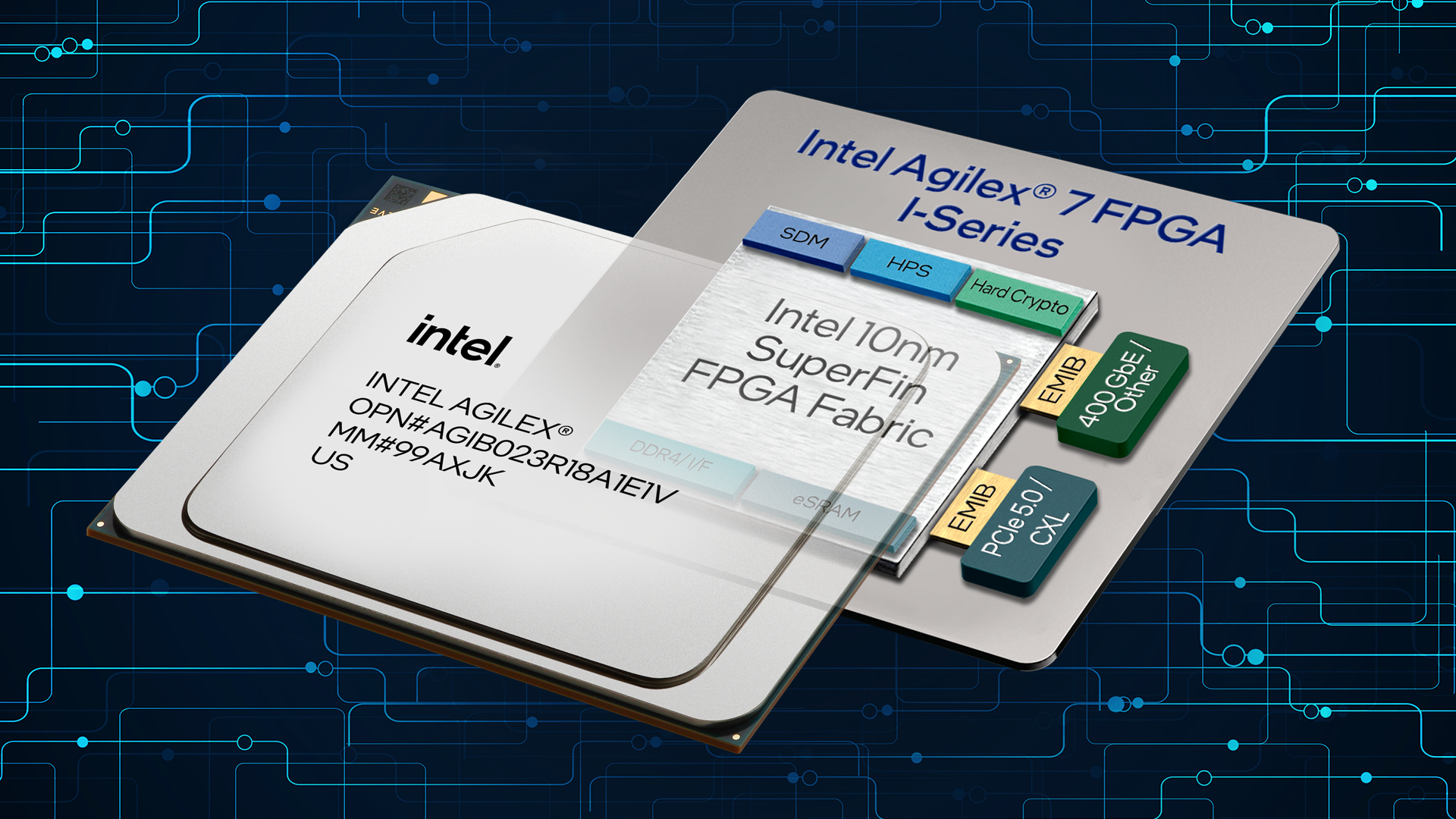
Short overview
Intel’s Agilex 7 FPGA, equipped with the R-Tile chiplet, is the first of its kind to support PCIe 5.0 and CXL interfaces, delivering unparalleled bandwidth and performance. Compared to other FPGA products, Agilex 7 offers twice the PCIe 5.0 bandwidth and four times the CXL bandwidth, making it a standout solution for high-performance computing applications. This integration enables seamless connectivity with other Intel processors, such as the 4th Gen Intel Xeon Scalable processors, facilitating high-performance workloads across various industries.
Impact
The introduction of Agilex 7 with R-Tile chiplet technology has far-reaching implications across multiple sectors. By addressing time, budget, and power constraints, it offers a cost-effective solution for industries reliant on data centers, telecommunications, and financial services. The integration of R-Tile technology enhances power efficiency and data throughput, leading to lower Total Cost of Ownership (TCO) for high-performance installations.
Moreover, the collaboration between Intel and other industry players, as demonstrated by the white paper from Meta and the University of Michigan, underscores the potential for significant performance improvements in various computing tasks, further driving innovation and efficiency in FPGA-based systems.
June – AMD launches world’s largest FPGA-Based adaptive SoC for emulation and prototyping

June marked a significant milestone with AMD’s release of the Versal Premium VP1902, the largest FPGA-based adaptive SoC designed for emulation and prototyping. This chip, tailored for accelerating the development of AI, autonomous vehicles, and other cutting-edge technologies, promises to revolutionize the design and verification process in the semiconductor industry.
Short overview
The AMD Versal Premium VP1902 SoC represents a significant advancement in chip design and verification. With its emulation-class, chiplet-based architecture and 18.5M logic cells, it streamlines the validation of complex semiconductor designs, particularly in fields like AI and autonomous vehicles. Equipped with robust debugging capabilities, it ensures efficient pre-silicon verification and concurrent software development. Moreover, its integration into AMD’s development tools enhances efficiency with features like automated design assistance and real-time debugging.
Impact
The VP1902 SoC’s introduction accelerates the time-to-market for new technologies while maintaining project timelines and budgets. By expediting chip development and enhancing debugging capabilities, it fosters innovation in AI, autonomous vehicles, and other emerging fields. Its integration with AMD’s tools empowers designers to iterate designs faster, driving progress and efficiency in the semiconductor industry
July – Accelerating the creation of automotive system designs and applications using Lattice Drive
In July, Lattice Semiconductor introduced Lattice Drive, a software solution designed to expedite the development of automotive infotainment and ADAS systems. This innovation is particularly timely as the automotive industry evolves, incorporating an increasing array of displays, sensors, and other technologies.

Short overview
Lattice Drive offers a comprehensive solution stack designed specifically to address the challenges in automotive system design. It facilitates advanced display bridging and processing, catering to the demands of modern automotive architectures requiring efficient data handling and processing. Leveraging the inherent flexibility and versatility of FPGAs, Lattice Drive enables the integration of multiple FPGAs within a vehicle, each powering different applications and functionalities.
Impact
By harnessing the advantages of FPGA technology through Lattice Drive, automotive developers can significantly reduce the time-to-market for new systems. The software’s ability to leverage FPGA flexibility and perform diverse functions enhances system capabilities while maintaining a compact footprint. This acceleration in system development not only meets the evolving demands of the automotive industry but also contributes to improving safety and enhancing the in-car experience for users.
August – Astonishing graphics achieved by Andy Toone’s VideoBeast coprocessor for Eight-Bit retro systems
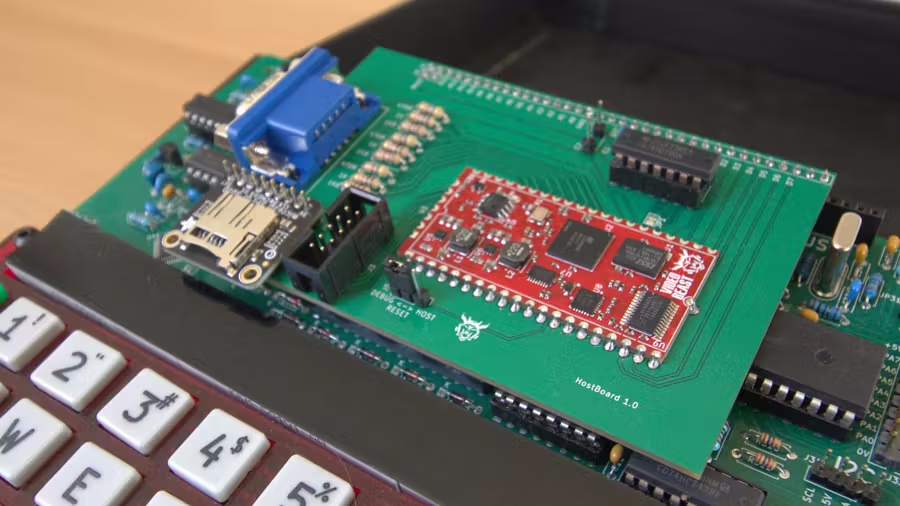
In August, the gaming community witnessed a significant leap forward with the introduction of VideoBeast by Andy Toone, a device poised to merge the nostalgic charm of eight-bit microcomputers with the dynamic visuals of contemporary gaming through its FPGA-based technology.
Short overview
VideoBeast, developed by vintage gaming enthusiast Andy Toone, serves as a “monster graphics” coprocessor tailored for eight-bit microcomputers. Equipped with advanced features such as 512 colors, intricate sprite handling, widescreen resolutions, and 1MB of video RAM, VideoBeast leverages FPGA technology to overcome the architectural limitations of old video consoles. Compatible with systems utilizing 4k, 8k, or 16k static RAM chips, VideoBeast recreates the power of discrete logic video cards in a compact and cost-effective form factor. It offers six independently positionable layers, various text and bitmap options, tile rendering with full scrolling, and sprite functionalities, all customizable to deliver optimal gaming experiences.
Impact
VideoBeast not only preserves but also enhances the vintage gaming experience, allowing a new generation of gamers to enjoy classic games with improved graphics. By simplifying programming complexities and offering ample video RAM for pre-loading and enhancing visuals, VideoBeast empowers developers to create immersive gaming experiences on eight-bit systems. This device bridges the gap between retro gaming nostalgia and modern graphical expectations, inviting more enthusiasts to explore and appreciate the rich history of vintage gaming.
September - AMDs Ultra-low latency electronic trading accelerator based on 16nm Virtex UltraScale+ FPGA
In September, AMD unveiled the Alveo UL3524 accelerator card, a groundbreaking development in ultra-low latency electronic trading powered by the 16nm Virtex UltraScale+ FPGA technology. This innovation significantly accelerates trading capabilities, setting a new benchmark for performance in the financial sector.

Short overview
The AMD Alveo UL3524 accelerator card is designed to deliver ultra-low latency performance in electronic trading applications. Leveraging the advanced 16nm Virtex UltraScale+ FPGA, the UL3524 achieves remarkable speed, boasting 7 times faster performance than its predecessors and reaching up to 3ns FPGA transceiver latency. This acceleration significantly enhances design, closure, and deployment processes compared to traditional FPGA alternatives.
Moreover, AMD provides developers with the FINN development framework, an open-source and community-supported platform for AI development. The FINN project enables developers to reduce the size of AI models while maintaining accuracy, compiling to hardware IP, and integrating network models into algorithm datapaths for low-latency performance, facilitated by PyTorch integration.
Impact
The introduction of the AMD Alveo UL3524 accelerator card marks a significant advancement in ultra-low latency electronic trading. By offering unparalleled speed and efficiency, this accelerator card optimizes trading strategies and operations for proprietary traders, market makers, hedge funds, brokerages, and similar entities in the financial industry. Its integration with Exegy’s nxFramework further enhances tools for developing and maintaining ultra-low latency FPGA applications, positioning the UL3524 as a pivotal component in driving innovation and performance in electronic trading environments.
October – Intel announces PSG (Programmable Solutions Group) to operate independently under Intel's name
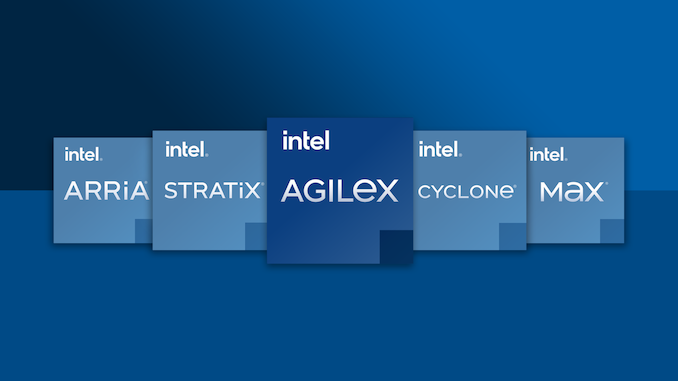
In October, Intel revealed plans to restructure its Programmable Solutions Group (PSG) as an independent entity, aimed at fostering innovation and agility in the FPGA market. This strategic move, under the guidance of Sandra Rivera, is designed to enhance PSG’s growth and market presence.
Short overview
Intel’s decision to separate the Programmable Solutions Group (PSG) as a standalone business is driven by the increasing needs in the FPGA market. Led by Sandra Rivera, PSG will gain autonomy and flexibility to accelerate its growth and competitiveness within the industry. The separation aims to provide PSG with the necessary resources and focus to better serve its customers and drive advancements in FPGA technology.
Over the next 2-3 years, Intel plans to conduct an Initial Public Offering (IPO) for PSG and explore opportunities with private investors, with Intel retaining a majority stake in the business. Additionally, PSG will collaborate closely with Intel Foundry Services (IFS) to address key areas of the FPGA market and enhance supply chain predictability for customers, ensuring a more resilient supply chain aligned with their needs.
Impact
The decision to operate PSG independently marks a significant development in the FPGA industry, with implications across various sectors including data centers, communications, industrial, automotive, aerospace, defense, and beyond. By gaining autonomy, PSG can more effectively respond to market demands, drive innovation, and forge strategic partnerships to further advance FPGA technology. This move underscores Intel’s commitment to supporting the growth and competitiveness of PSG, benefiting customers and stakeholders within the FPGA ecosystem.
November – FPGAs in supercomputing, incredible speeds achieved by Ayar Labs using optically-enabled Intel FPGA
In November, Ayar Labs showcased their groundbreaking optical I/O solution, seamlessly integrated with Intel’s Agilex FPGA technology. This innovation promises a five-fold increase in bandwidth compared to the current industry standard, all while operating at significantly lower power and latency. This remarkable performance boost has the potential to redefine the landscape of high-performance computing (HPC), particularly in data-intensive applications like AI, machine learning, and disaggregated compute and memory architectures.

Short overview
Ayar Labs introduced an optical I/O solution seamlessly integrated with Intel’s Agilex FPGA technology, achieving a remarkable five-fold increase in bandwidth compared to the current industry standard. This cutting-edge technology harnesses the power of light to transmit data at high speeds, facilitating chip-to-chip connectivity and significantly enhancing efficiency and performance in data-intensive workloads such as AI, machine learning, and disaggregated compute and memory architectures.
The successful integration of optical I/O solution with Intel’s FPGA marks a significant milestone in supercomputing, showcasing the adaptability and versatility of FPGA technology in addressing a wide range of computational tasks.
Impact
The optical I/O solution is a key element for this optical FPGA and stands as a testament to the transformative power of silicon photonics.
This cutting-edge technology, which harnesses the power of light to transmit data at high speeds, is a critical component for chip-to-chip connectivity, enhancing efficiency and performance.
The integration of optically-enabled Intel FPGA technology with Ayar Labs’ optical I/O solution heralds a new era in high-performance computing, offering unprecedented bandwidth and efficiency for data-intensive applications. By leveraging the power of silicon photonics, this breakthrough technology opens new possibilities for accelerating computational tasks in various domains, including scientific research, AI development, and data analytics. The optical FPGA, equipped with TeraPHY optical I/O chiplets, paves the way for enhanced performance and scalability in supercomputing environments, driving innovation and advancement in the field of HPC.
December – High-end keyboard made by Portland.HODL using an FPGA for every key.

In December, Portland.HODL unveiled their latest innovation: the Nyan Keys high-end keyboard, featuring a unique design that incorporates an FPGA for every key. Unlike conventional mechanical keyboards, each key on the Nyan Keys is individually wired to its own FPGA IO pin, with each key switch equipped with its own core featuring an 8-bit timer. This unconventional approach delivers unparalleled performance, boasting the lowest input latency in history at just 30 microseconds in the worst-case scenario – for comparison, the latency now is between 2-15 miliseconds.
Short overview
Nyan Keys resembles a conventional mechanical keyboard but with a distinctive twist: each key is individually wired to its own FPGA IO pin, with every key switch equipped with its own core featuring an 8-bit timer. This design optimization ensures lightning-fast response times and seamless input recognition, setting a new standard for keyboard performance.
Additionally, the abundance of resources available on the FPGA enables Portland.HODL to incorporate additional features, such as a built-in bitcoin miner implemented using a real-time operating system (RTOS) on a high-performance microcontroller. This unique feature, although disabled by default, showcases the versatility of Nyan Keys and its potential for multifunctional use beyond its primary function as a keyboard.
Impact
The introduction of Nyan Keys represents a significant leap forward in keyboard technology, offering users an unparalleled typing experience characterized by ultra-low input latency and enhanced performance. By leveraging FPGA technology, Portland.HODL has redefined the standards for keyboard responsiveness, catering to the needs of both casual users and gaming enthusiasts alike. Moreover, the integration of additional features such as the built-in bitcoin miner demonstrates the versatility and adaptability of Nyan Keys, transforming it into a multifunctional device capable of performing tasks beyond traditional keyboard functionalities.
What's in store for the Future?
The recent advancements in FPGA technology across various sectors have set the stage for a future defined by even greater innovation and transformative capabilities. As we look ahead, several trends and developments are poised to shape the trajectory of FPGA applications in the coming years.
Integration of AI and Machine Learning
With the proliferation of AI and machine learning technologies, we can expect to see increased integration of FPGA solutions in these domains. FPGAs offer parallel processing capabilities and hardware acceleration, making them ideal for executing complex AI algorithms and deep learning models with unprecedented speed and efficiency. This convergence of FPGA and AI technologies holds immense potential for accelerating advancements in areas such as natural language processing, computer vision, and autonomous systems.
Expansion in Edge Computing
The rise of edge computing presents new opportunities for FPGA deployment, particularly in scenarios where low latency and real-time processing are critical. FPGAs enable efficient data processing and analysis at the edge, empowering devices to make intelligent decisions autonomously without relying heavily on cloud infrastructure. As edge computing continues to gain momentum across various industries, we can anticipate a surge in demand for FPGA-based solutions to power edge devices and IoT applications.
Advancements in High-Performance Computing
The integration of optical I/O solutions with FPGA technology, as demonstrated by Ayar Labs and Intel, represents a significant milestone in high-performance computing. This breakthrough promises to unlock unprecedented bandwidth and efficiency for data-intensive workloads, paving the way for groundbreaking advancements in scientific research, AI development, and data analytics. As supercomputing architectures evolve to accommodate the growing demands of computational tasks, FPGA-based solutions are poised to play a pivotal role in driving innovation and scalability in HPC environments.
Enhanced User Experiences
The introduction of novel FPGA-based devices, such as the augmented reality monocle and high-end keyboard with individual FPGA keys, underscores the potential for FPGA technology to enhance user experiences across various applications. As developers continue to explore innovative use cases and incorporate FPGA capabilities into consumer electronics, we can anticipate a proliferation of devices offering unprecedented performance, customization, and functionality. From immersive AR experiences to lightning-fast keyboard inputs, FPGA technology has the power to redefine how users interact with digital and analog systems in the future.
Conclusion
In conclusion, the future of FPGA technology holds immense promise across a spectrum of industries and applications. From revolutionizing AI and edge computing to driving advancements in high-performance computing and enhancing user experiences, FPGA solutions are poised to shape the next wave of technological innovation. As researchers, developers, and industry leaders continue to push the boundaries of FPGA capabilities, we can expect to witness a wave of transformative advancements that will redefine the possibilities of digital and analog computing in the years to come.

Blagoj Kjupev
CIO at IT Labs
Elevate Your Innovation with Cutting-Edge FPGA Solutions!
Let's start shaping your next breakthrough. Contact us now to explore the limitless possibilities of FPGA technology!
IT Labs and BEST Teamed Up for a Memorable Hackathon
IT Labs and BEST Teamed Up for a Memorable Hackathon
We were honored to collaborate with BEST (Board of European Students of Technology) and host this year's Hackathon. On Sunday, December 24th, the 12-hour Hackathon started strong, and the incredibly talented students surpassed all our expectations. As hosts, it was our job to provide their task, and we chose a noble and environmentally sensitive objective. The challenge we presented before them was to create a socially responsible application that would empower users to report litter disposed of improperly, which is a pressing issue in our current times.
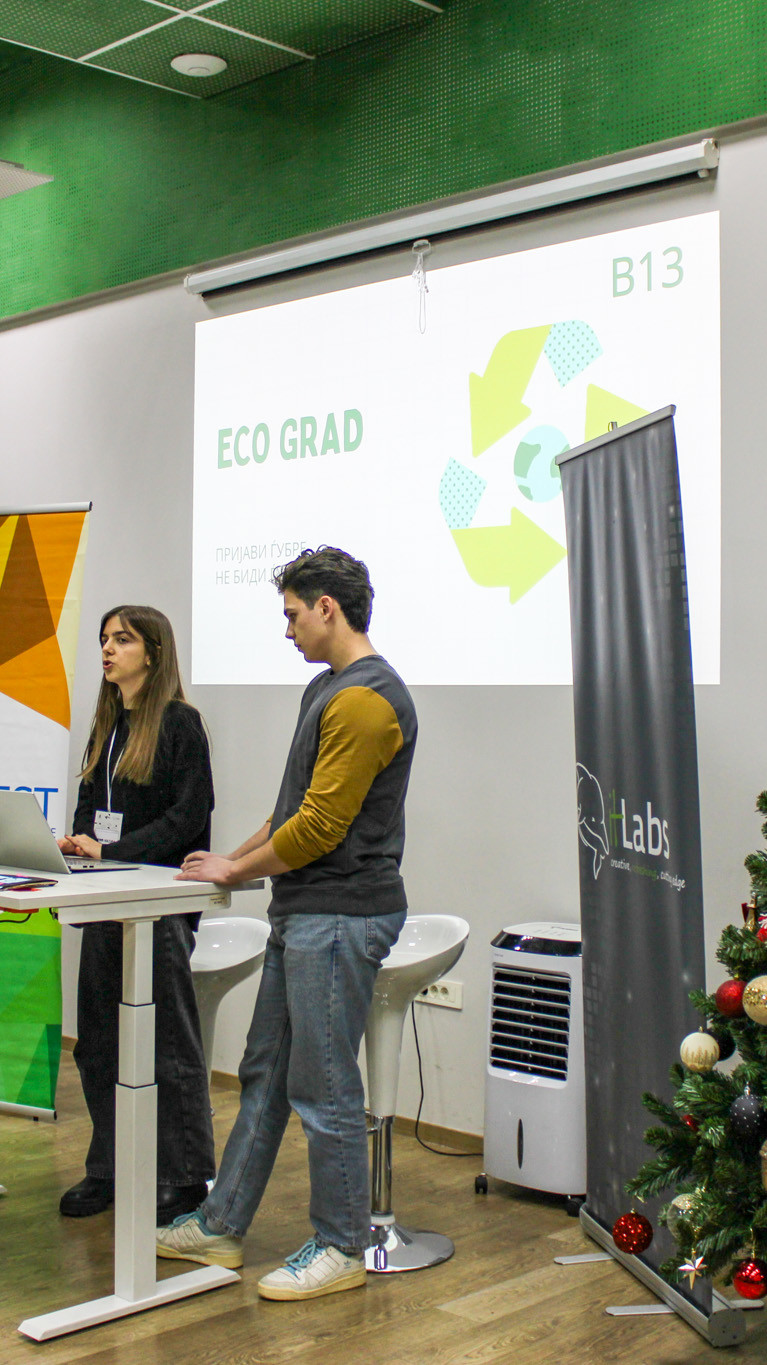
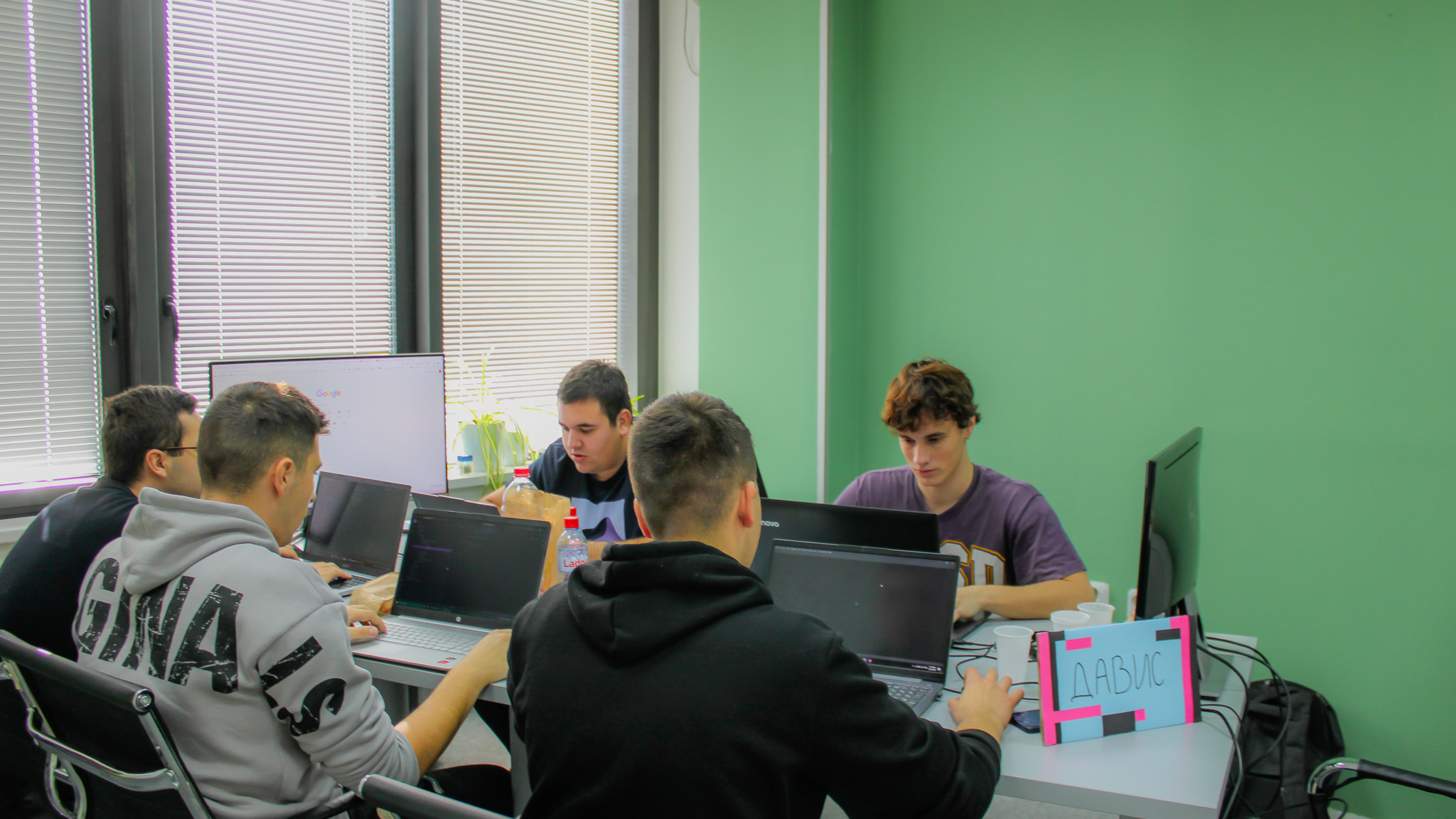
Six teams, comprising 27 talented individuals, rose to the occasion and gave their all during the Hackathon. The solutions they came up with were unique and fascinating, sparking many engaging discussions and ideas. The teams integrated maps into their applications to accurately locate the areas of litter and proposed plans to promote user engagement. Elements of gamification were also incorporated, transforming a simple reporting system into an engaging and interactive platform. Several teams even went above and beyond, earning bonus points for their creative utilization of AI technologies within their applications.
However, the team that stood out was “DAVIS,” a group of five third-year students from FINKI (Faculty of Computer Science and Engineering). Their technical skill was unmatched and the features they incorporated into their application were innovative and highly functional, earning them the top spot in the competition.
We awarded the DAVIS team with various prizes and gave them a significant advantage in the internship application process as a reward for their outstanding performance. Their hard work and creativity were duly recognized and applauded.
The Hackathon would not have been possible without the exceptional organizational skills of BEST. Their dedication and efforts turned this event into a huge success. A big shoutout to them and to all the participating teams who gave their best efforts and created some genuinely remarkable solutions.
As we look back at the event, we are filled with optimism and hope for more such collaborations and fun events in the future. This Hackathon was not just about developing an application but also about fostering a community of socially responsible individuals ready to use their skills to do good for our environment. And for that, we are truly grateful.



